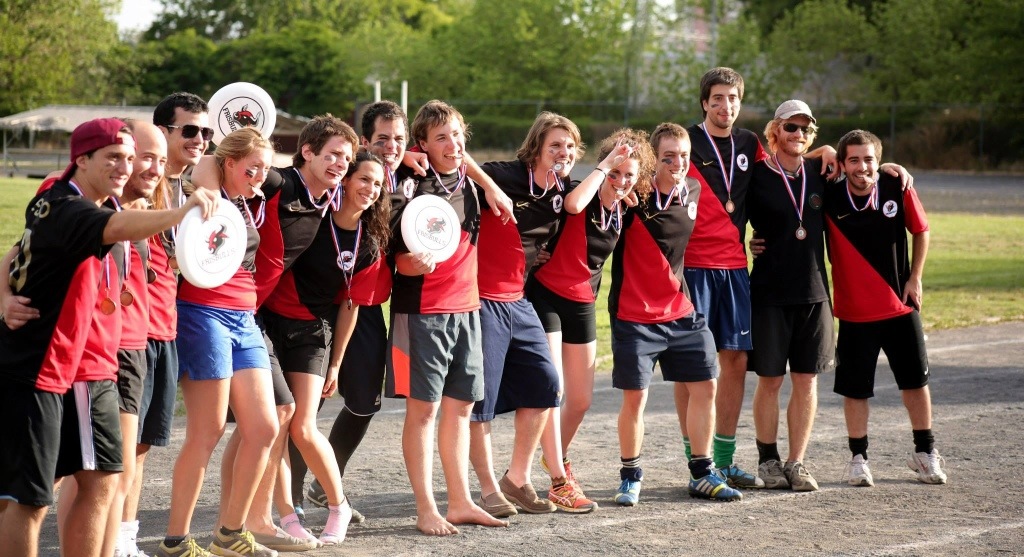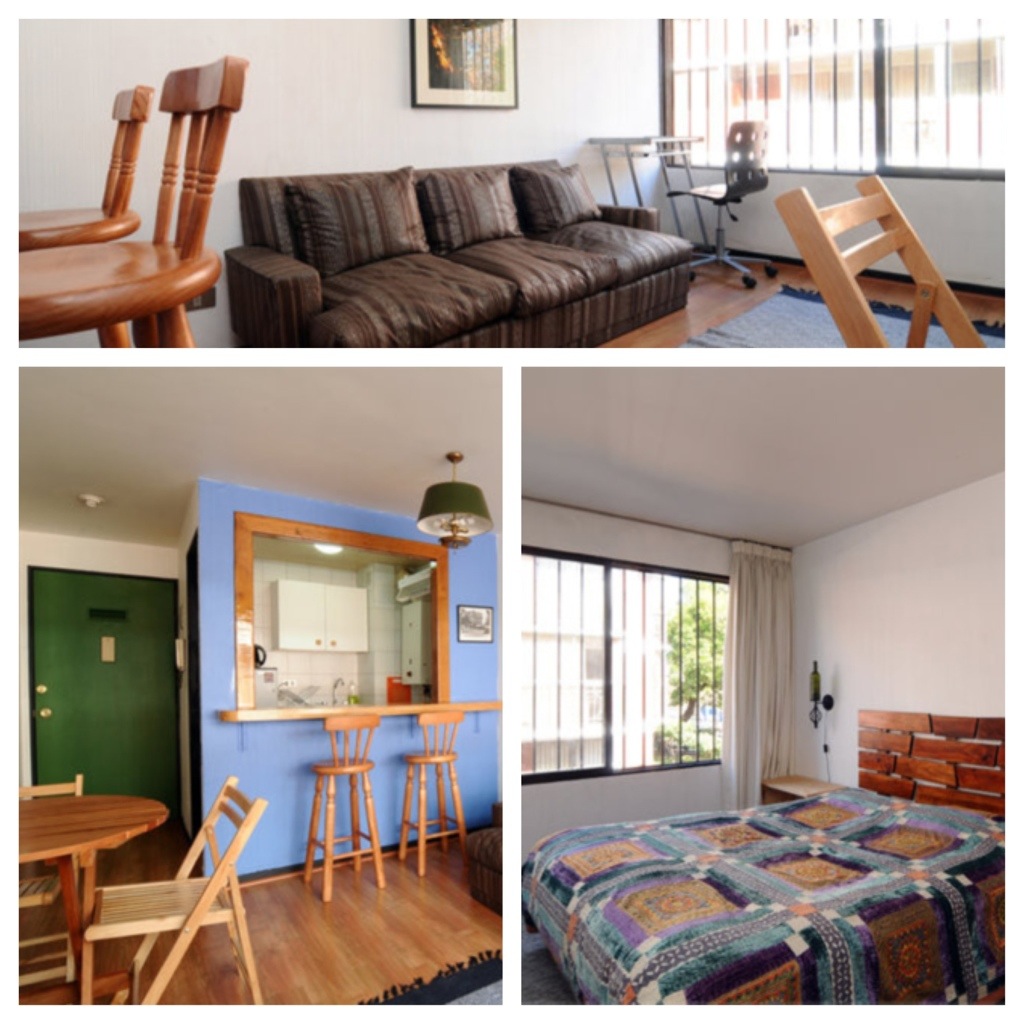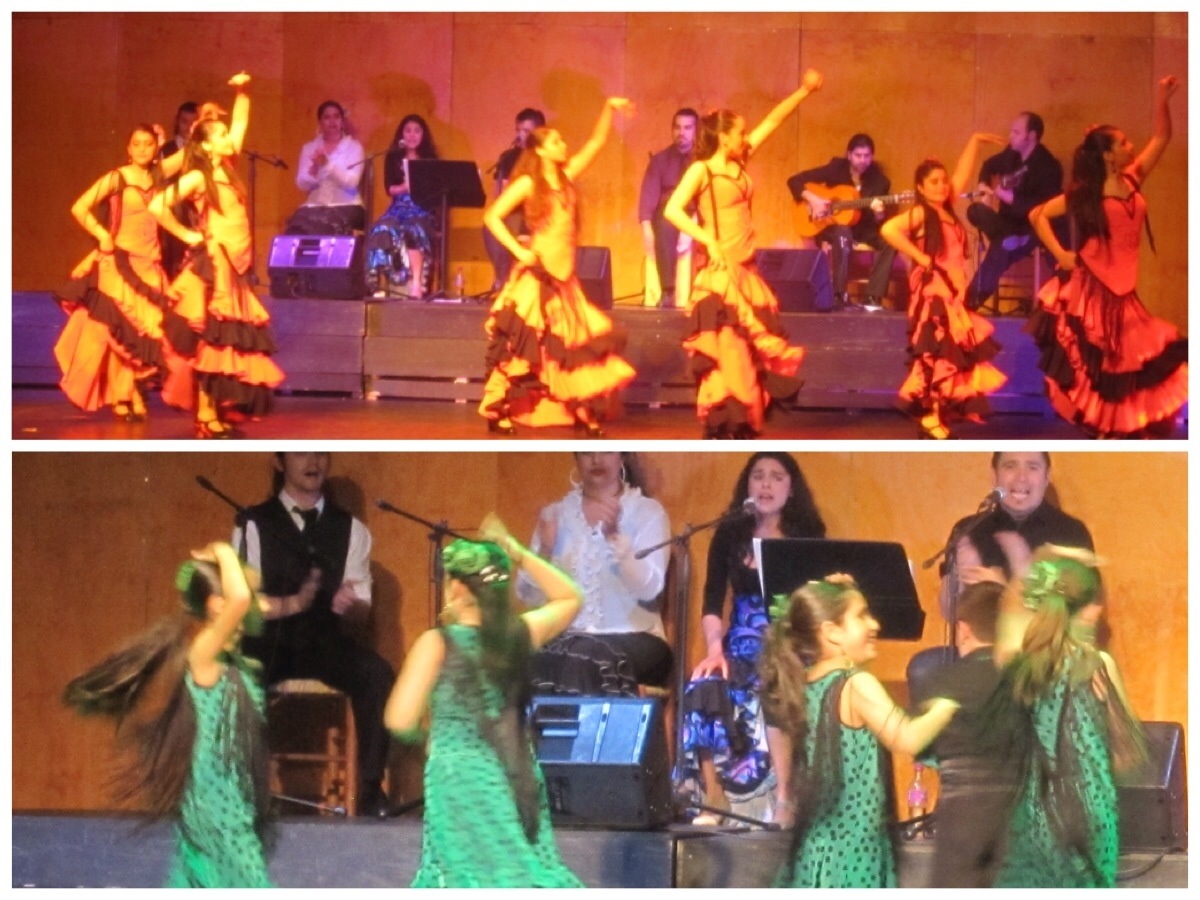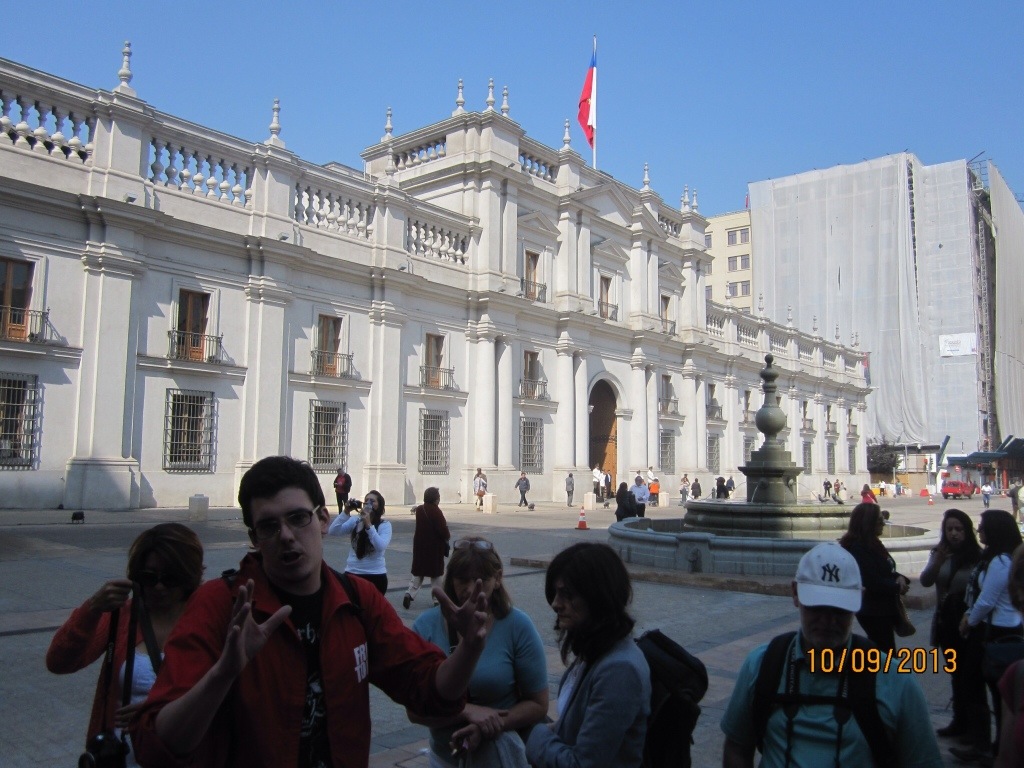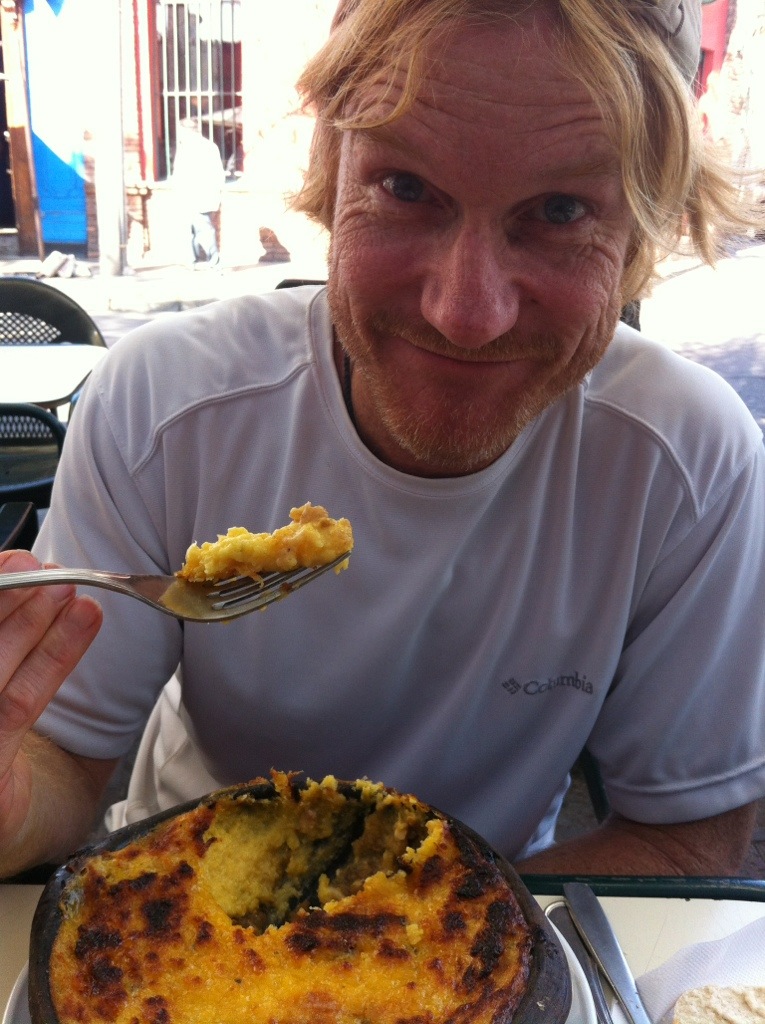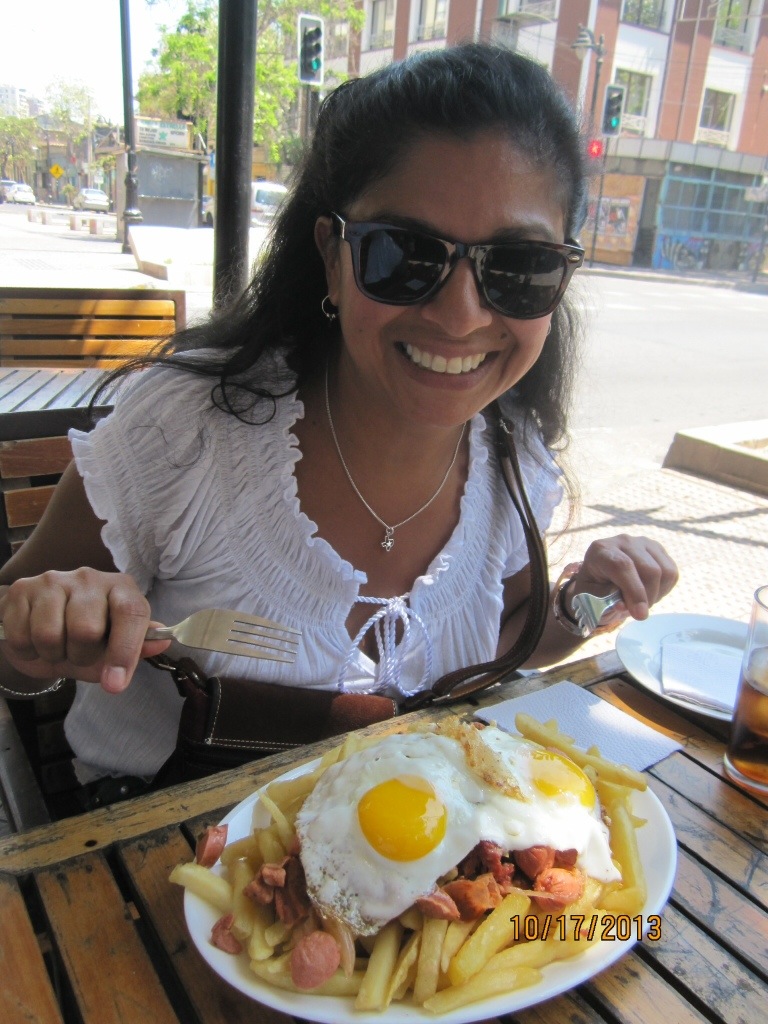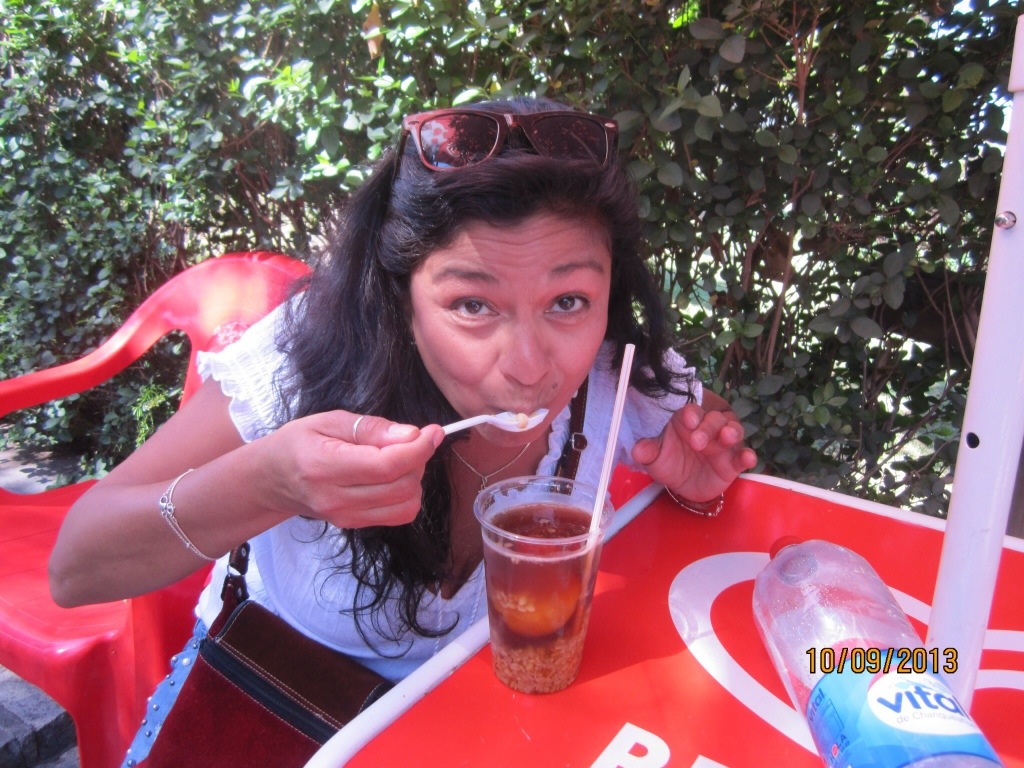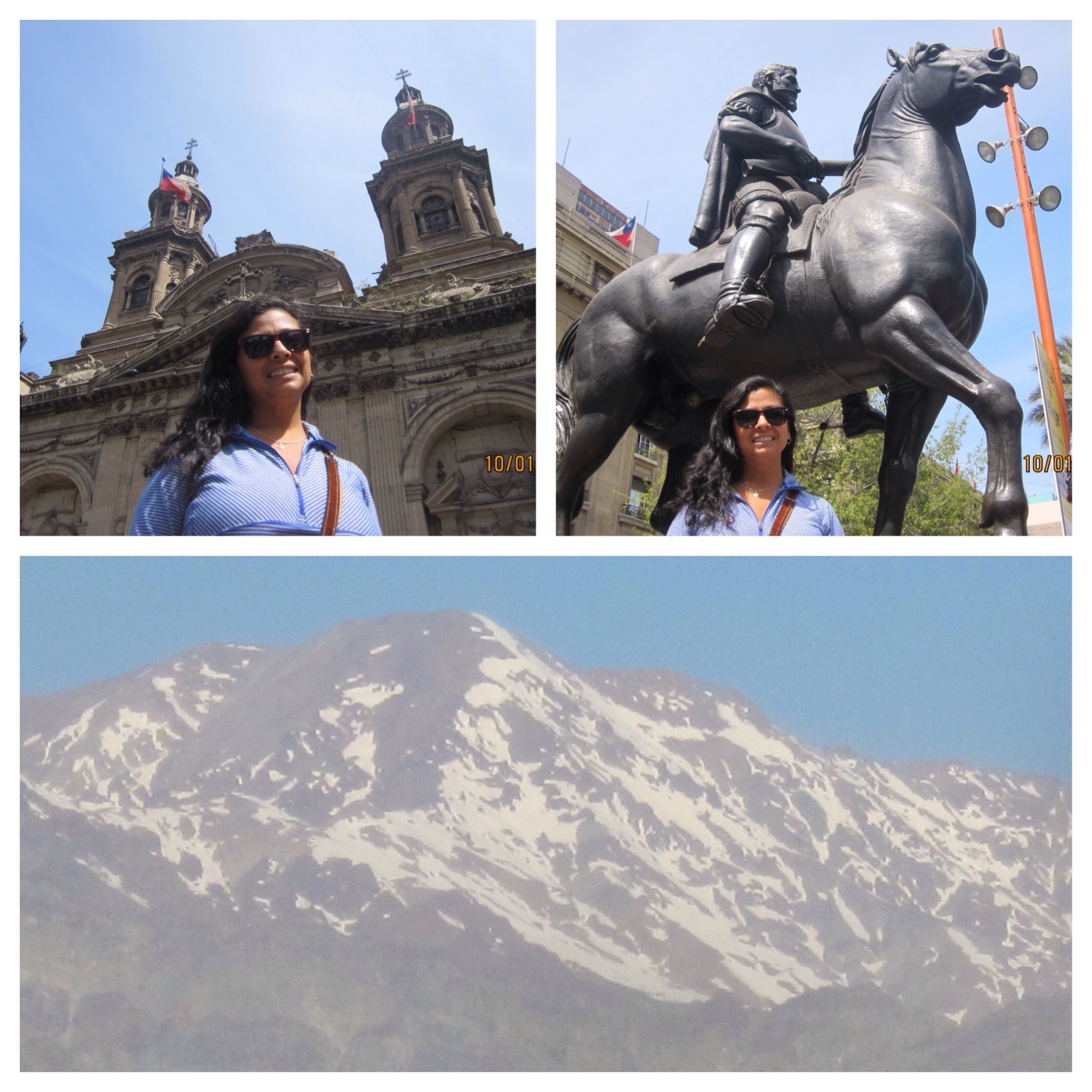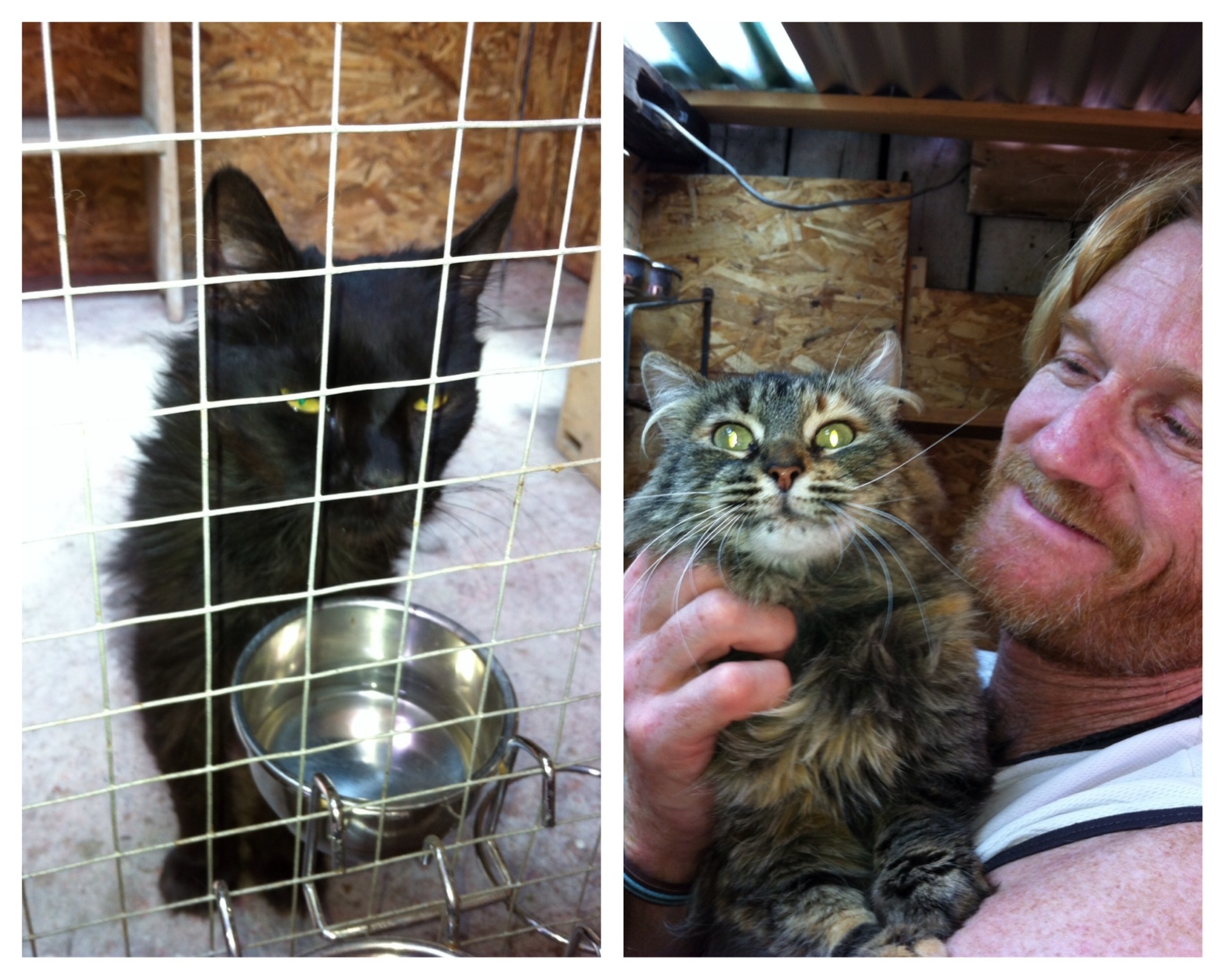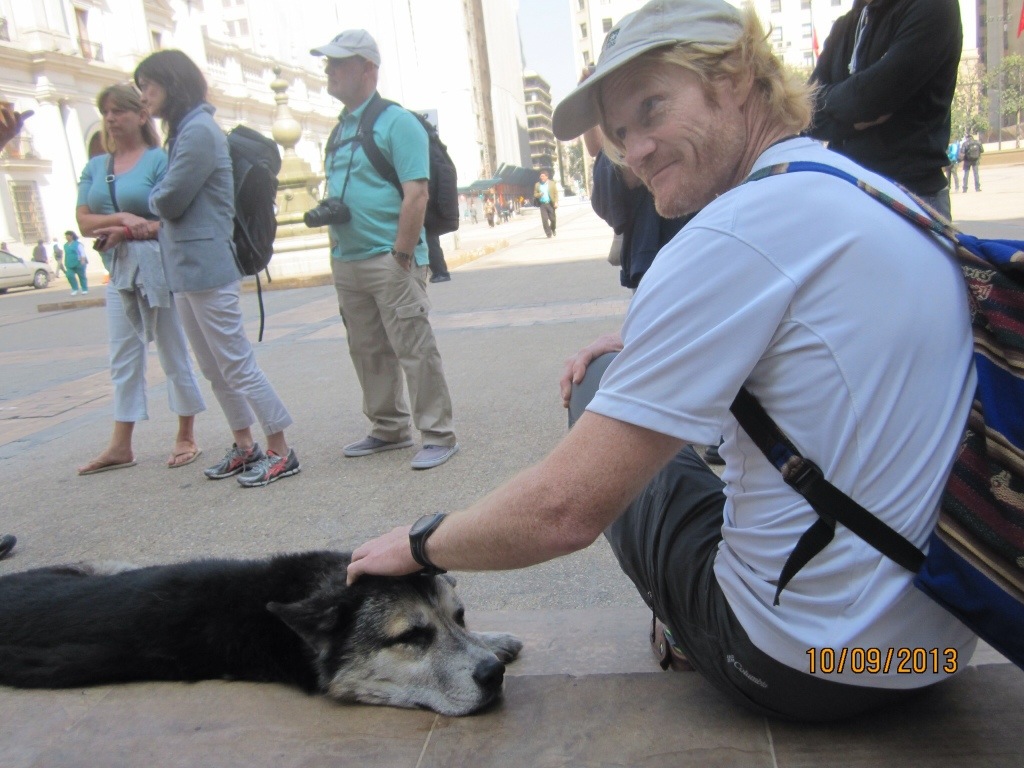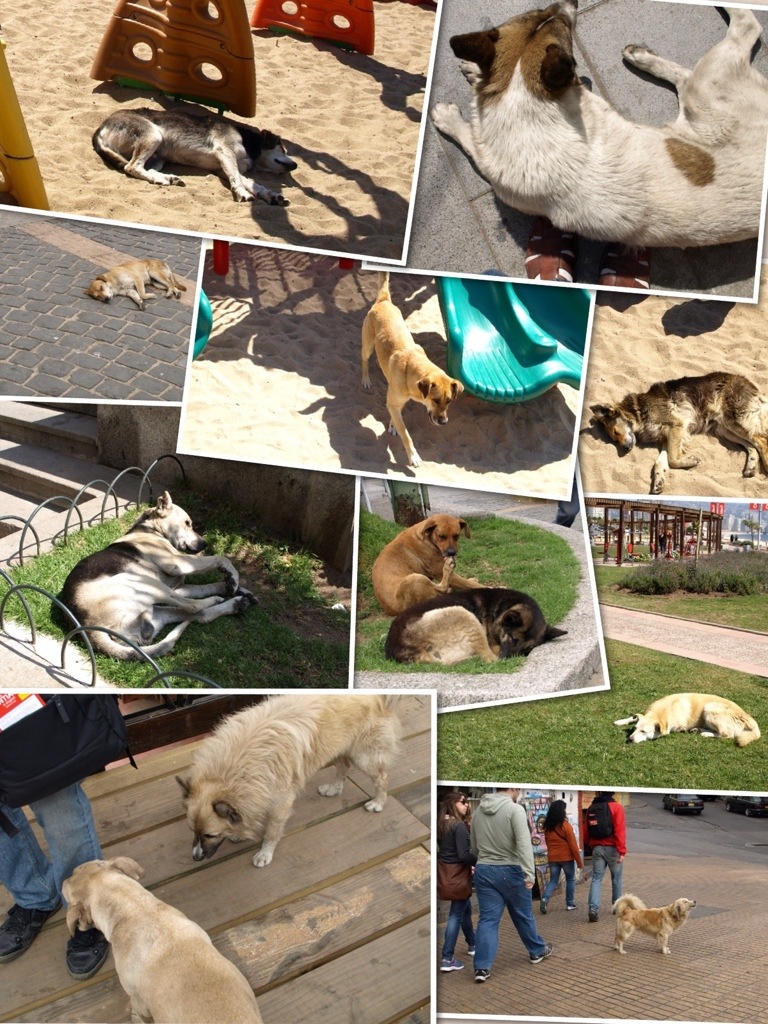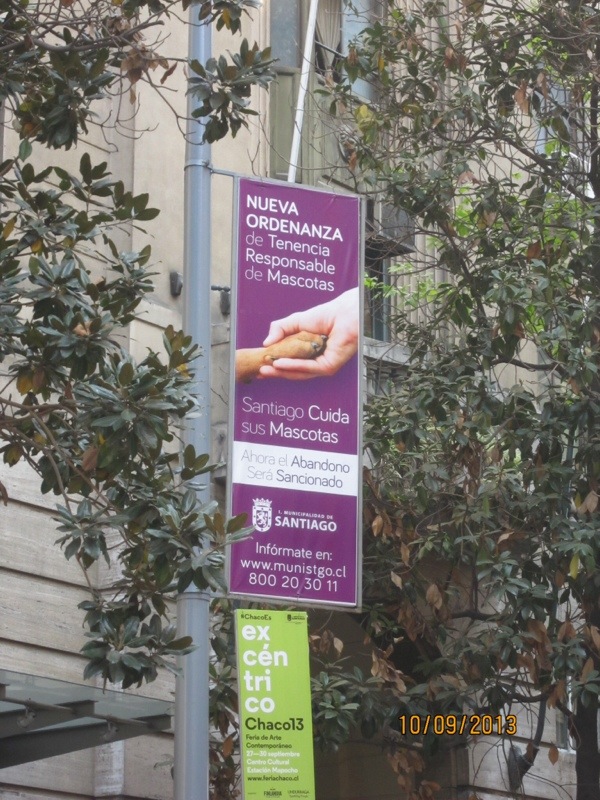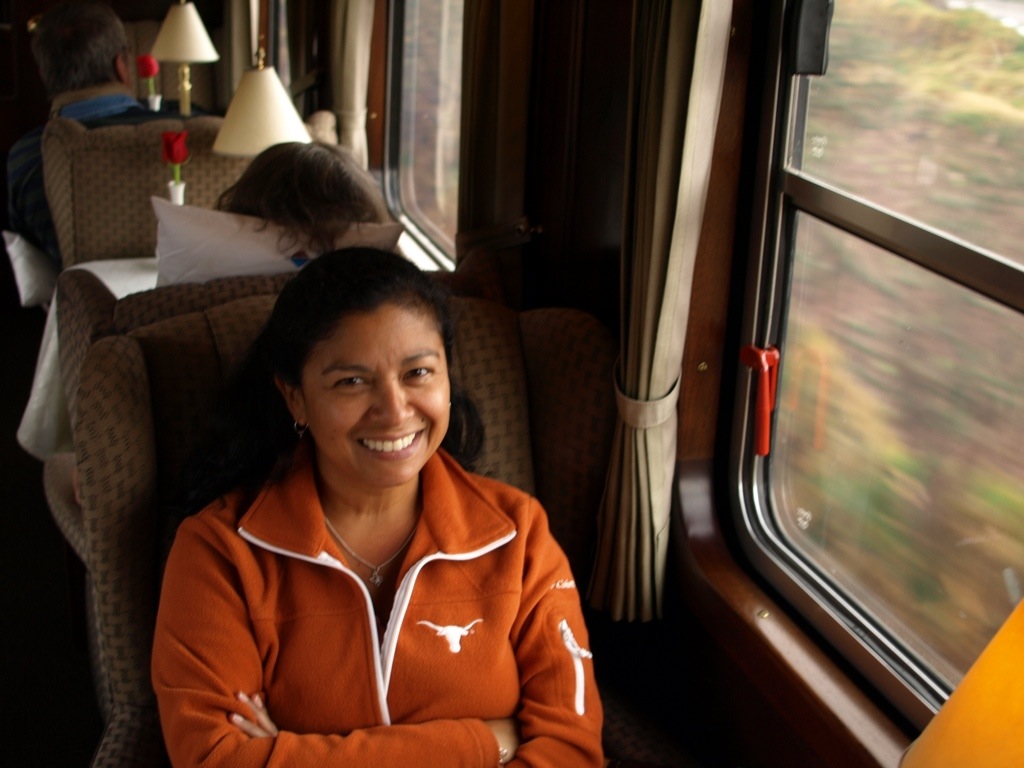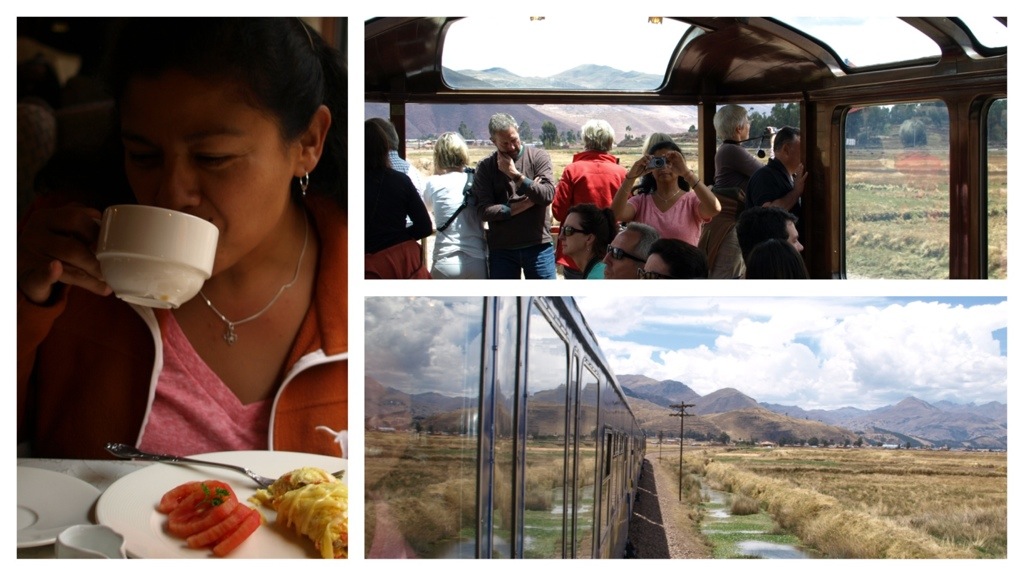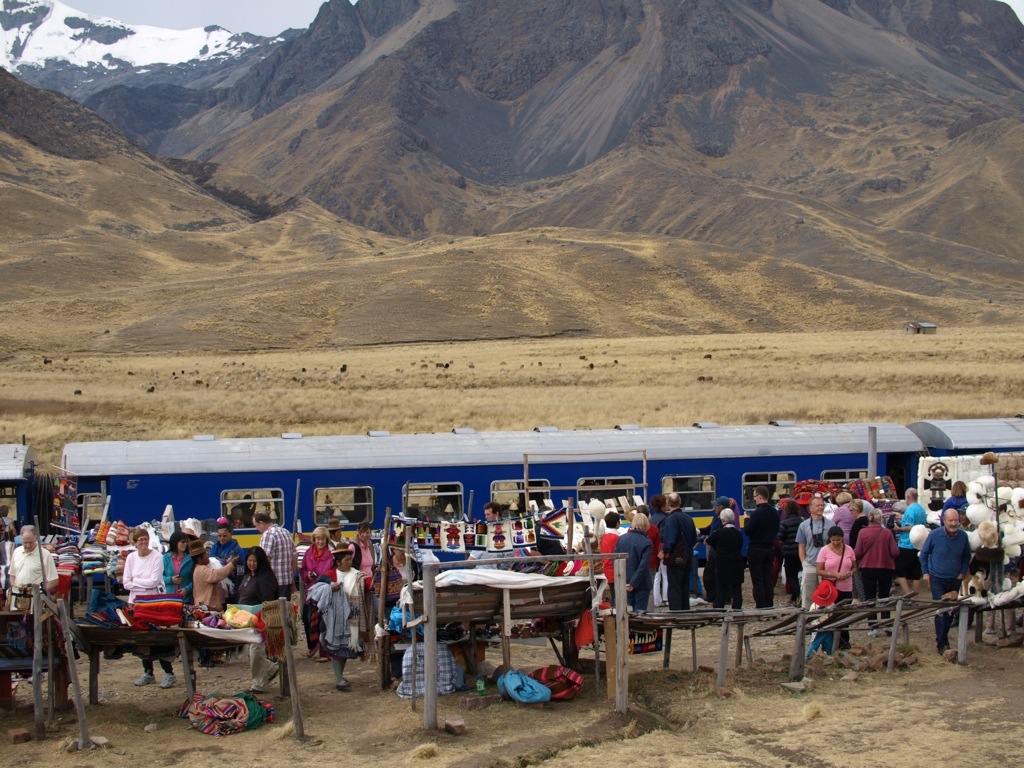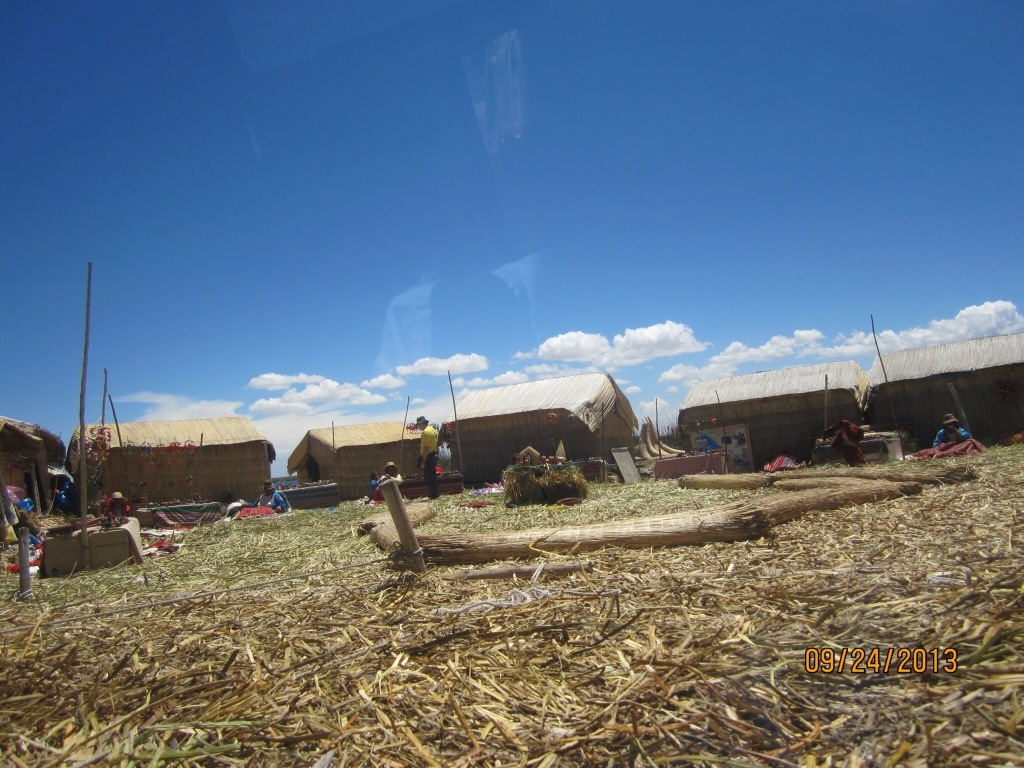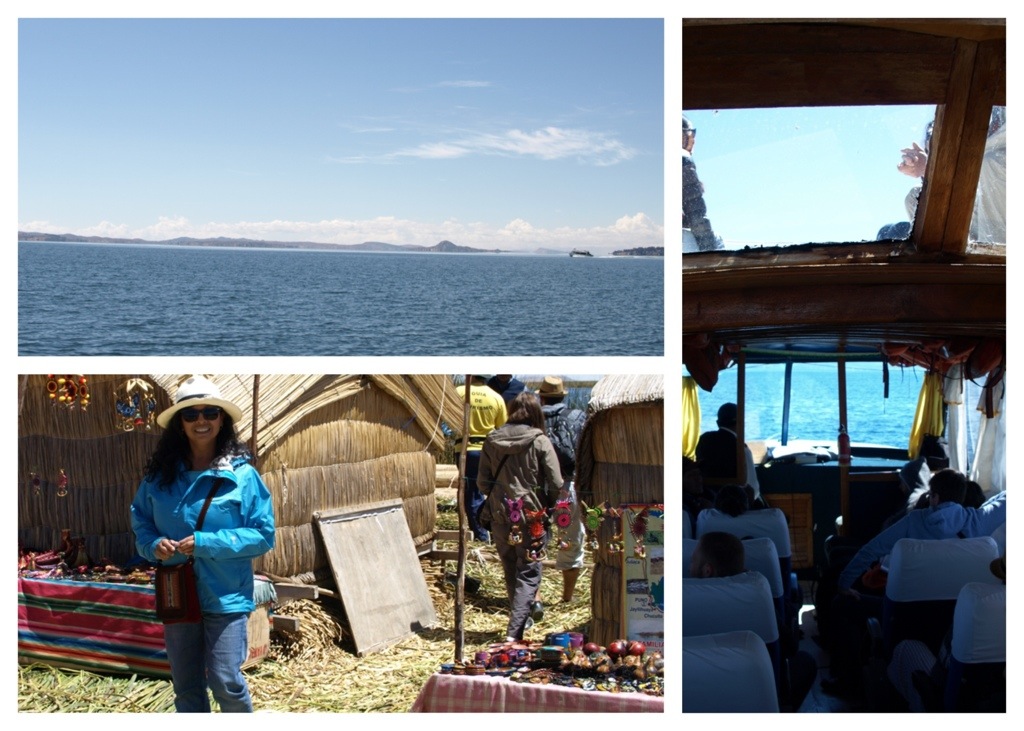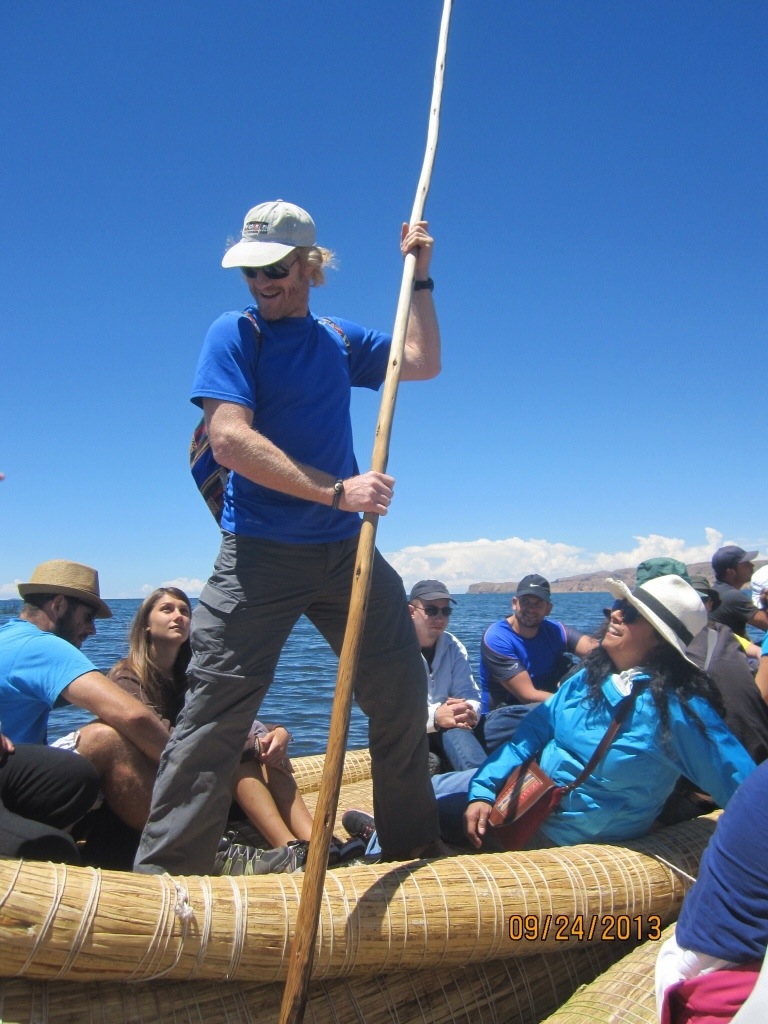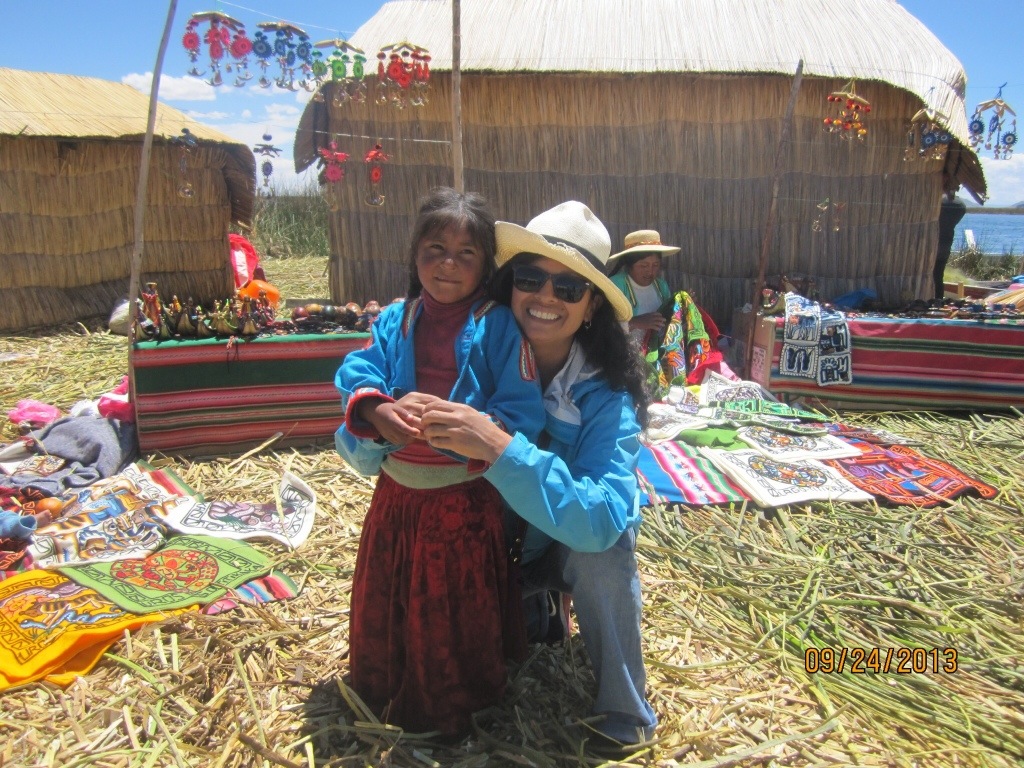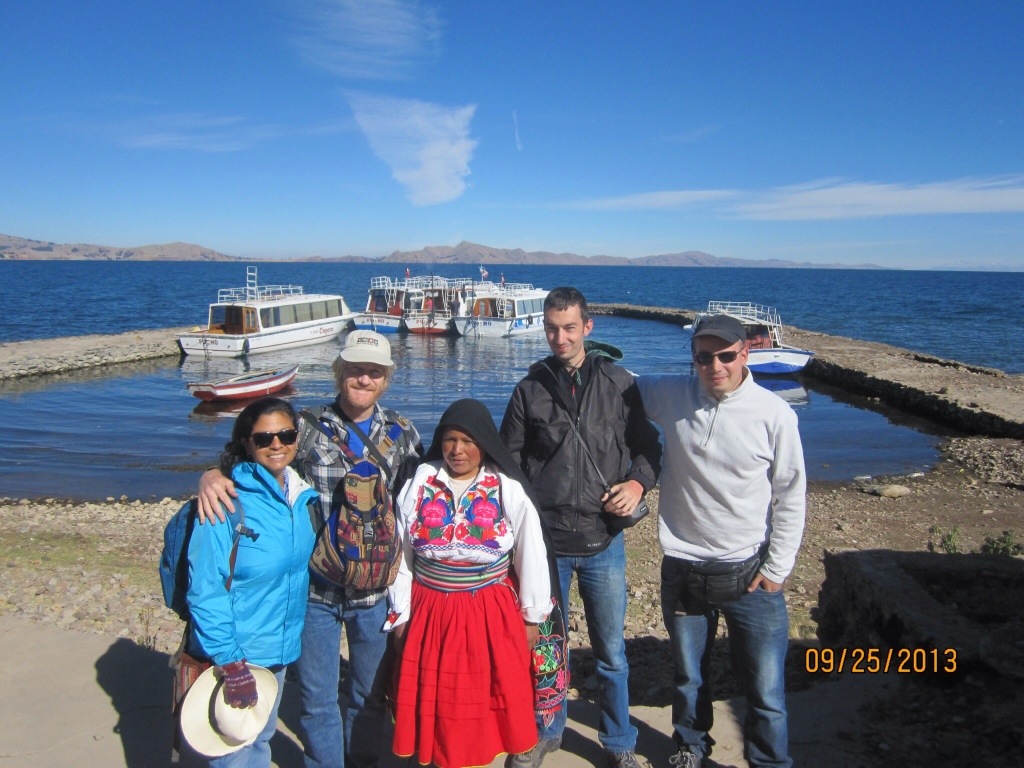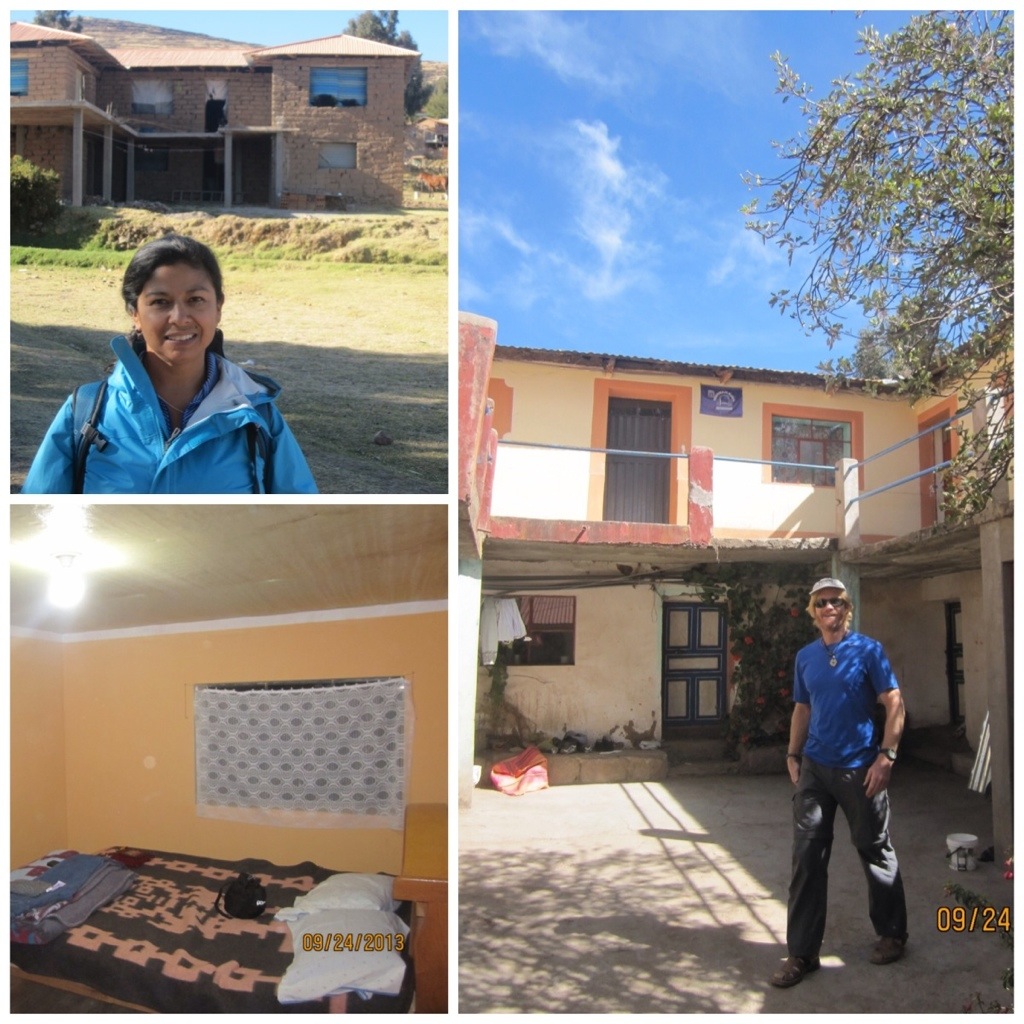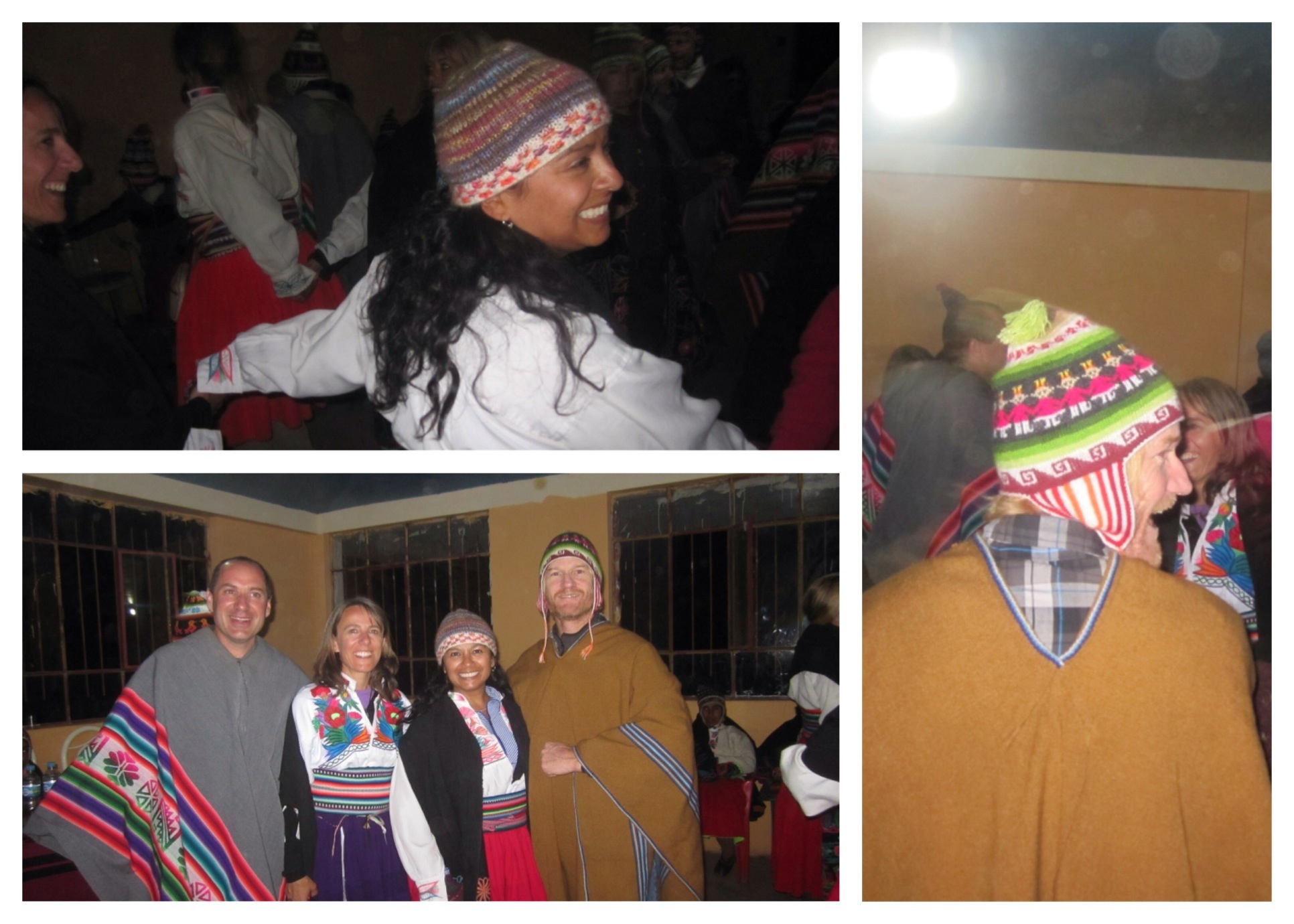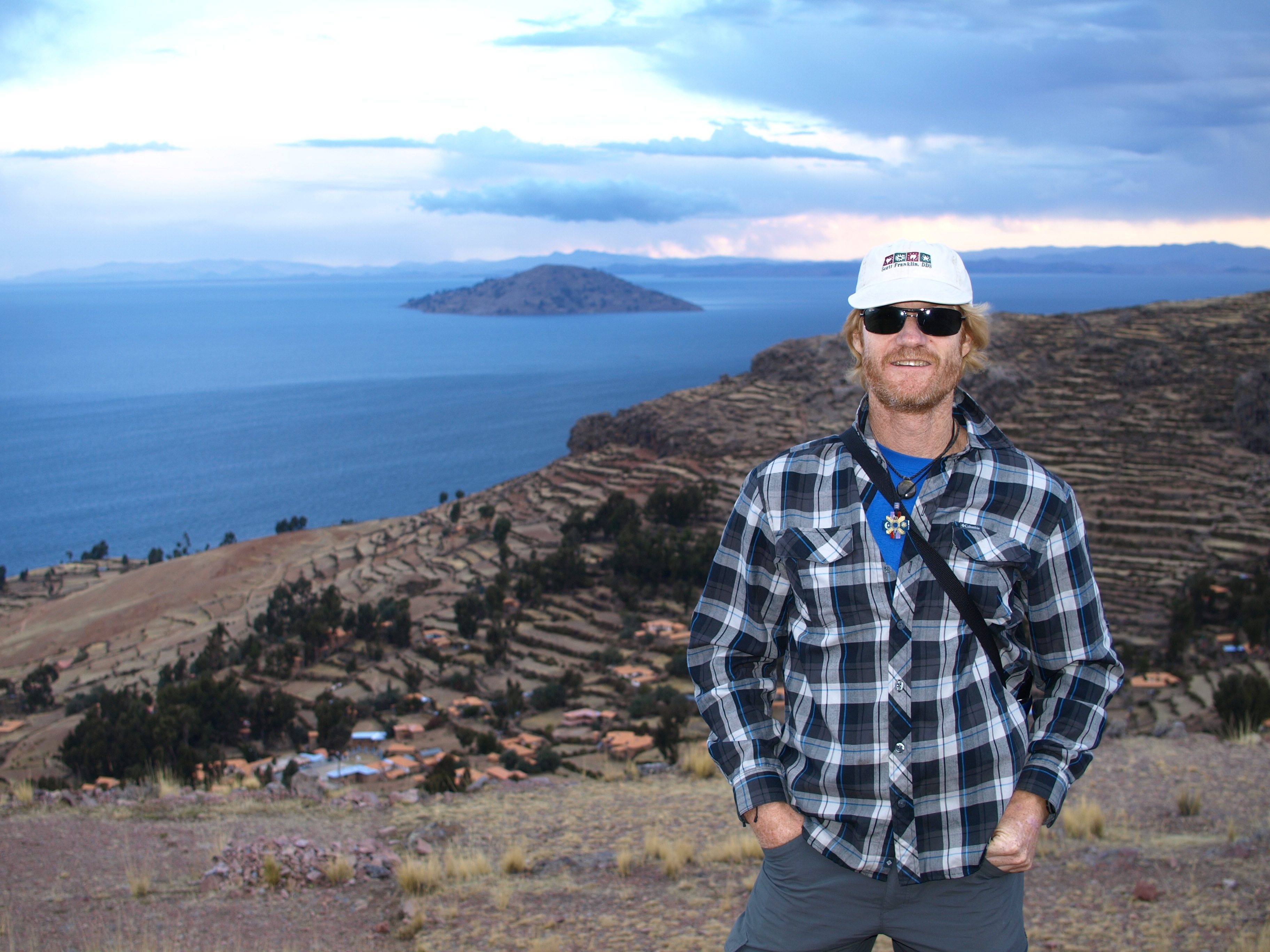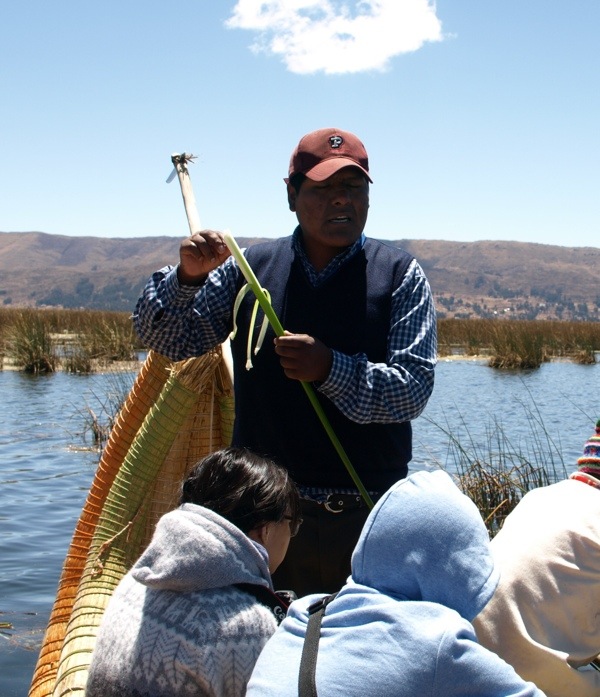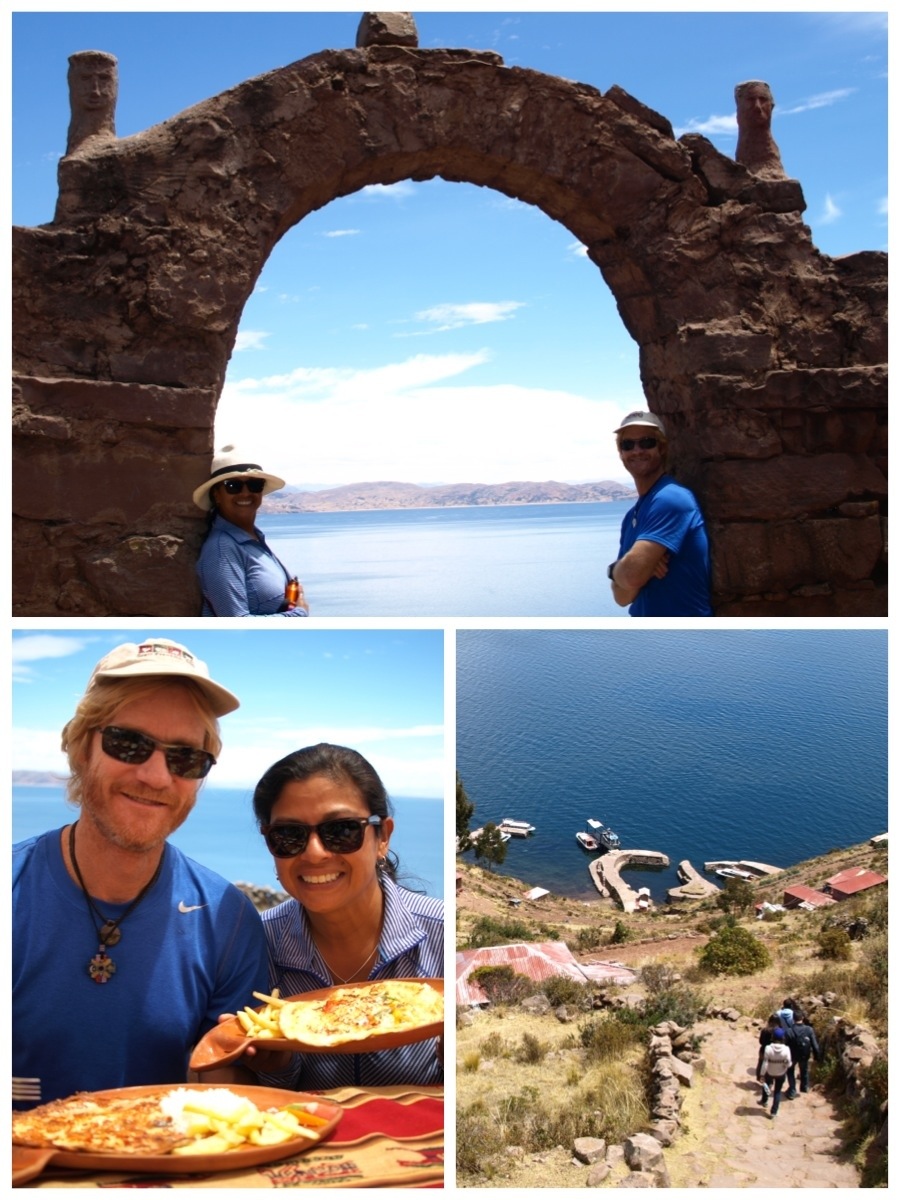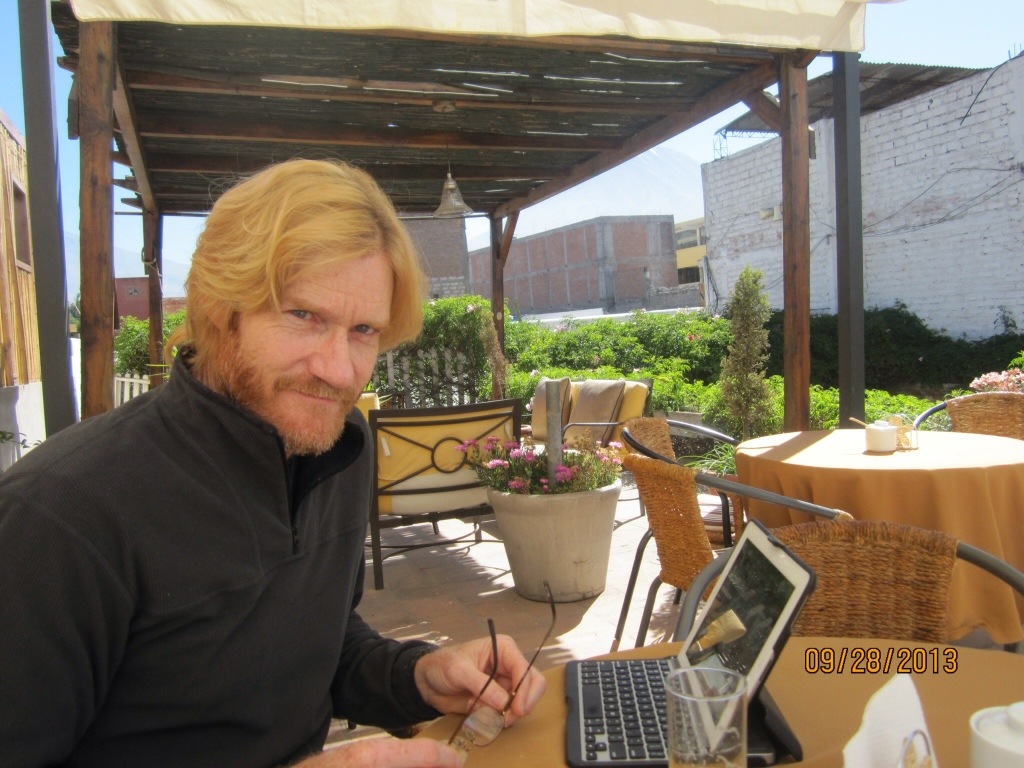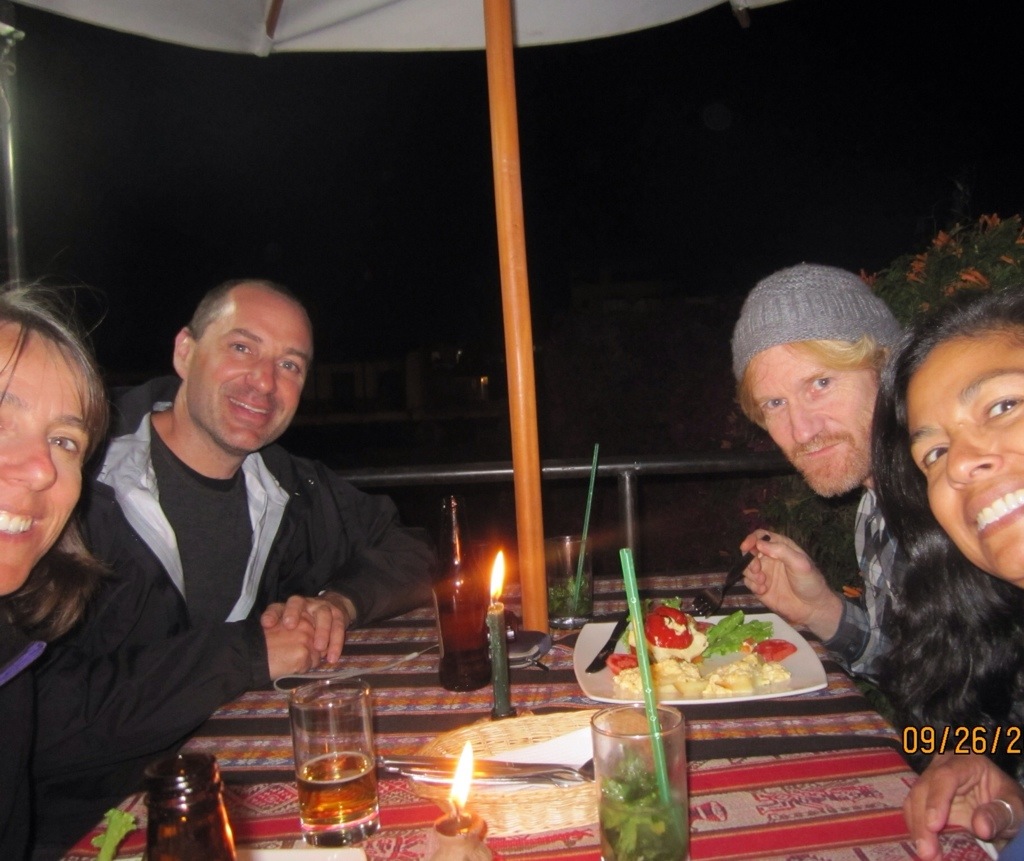(Santiago, Chile – October 2013) In Part 2 of this post, you’ll see that we haven’t just been sitting around on our butts while in Santiago. Look for more controversial observations, too.
Gary Becomes a Frisbull
Just as I always do when arriving into a new city, I reached out to one of the local Ultimate organizers to find out where I might find some game. My timing was good. Turns out a 5-team, 5-week league had just started the previous week. Although I had missed week one, I could make all of the subsequent games. The only thing I needed was a team.
I showed up to the fields week #2 and asked Roberto (the league organizer) which team I should play on. He hesitated while thinking about it so I decided to help him out, “Which is the worst team?” Evidently, that was an easy question. He quickly nodded and pointed to Los Frisbulls who were playing a game right next to where we were standing. He said the captain’s name was Danní (actually his nickname, his name is Daniel) and that I just needed to ask if I could join. Thankfully, Danní said yes and I had myself a team.
My first day with Los Frisbulls ended with loss, but I actually thought the team wasn’t so bad. They’d only been playing together for 5 months and had some good young athletes. (Young indeed. The team’s oldest player was 25.) 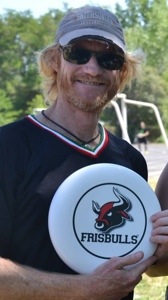
Truthfully, the overall level of Ultimate in Santiago is relatively low so none of the teams are particularly strong. Regarding the Frisbulls, I thought that with only a few small improvements they could surely win a game!
Easily I could write ten more paragraphs about my experience with Los Frisbulls, but I will be merciful and cut to the chase. The very next week the Frisbulls won their first game EVER. They won big, too, defeating the Blue Wings 11-3. Oh man! The team was so pumped; their first win ever and it put them into the play-off rounds. [Hey, it’s a small league.] The following week had the Frisbulls playing against the number one seed. We lost 15-11, but even the captain of the other team said he’d never witnessed a team improve so quickly.
The Frisbulls final game of the season was a battle for third place. They won it 8-7 and felt like champions.
Valparaiso and Viña del Mar
One person after another asked us, “Have you been to Valparaiso?” And/or, “Have you been to Viña del Mar?” After getting asked 5 or 6 times, it was clear we must go. These two places are coastal towns situated about 1 1/2 hours to the west of Santiago. Valparaiso is a historically important port city that has morphed into an artsy Bohemian haven. Viña del Mar is the next town northward and known for its long stretch of beach and spectacular ocean views. Jessica and I found an awesome hostel in Viña del Mar and stayed for two nights.
Taken in Viña del Mar.
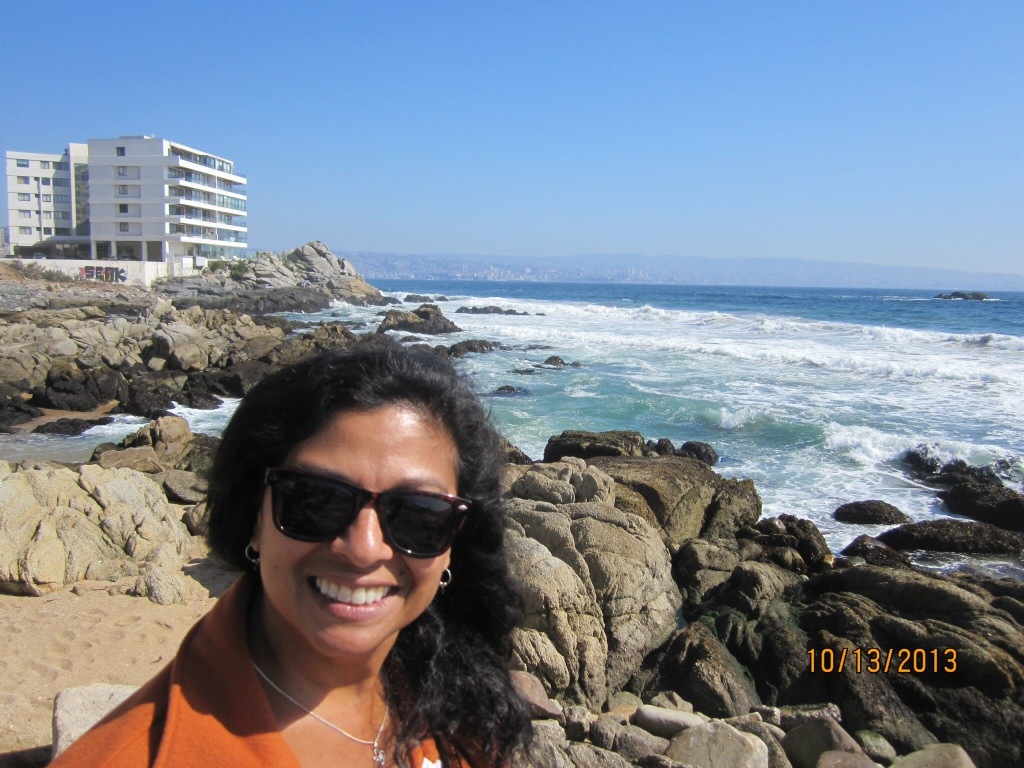
Valparaiso is in the distance.
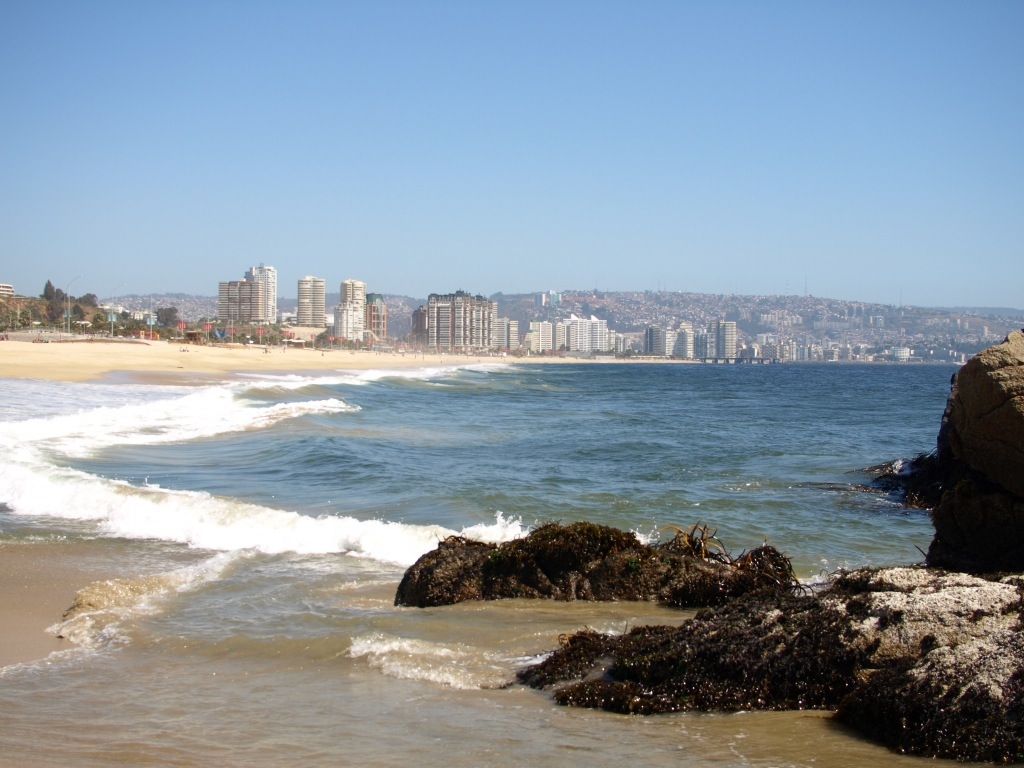
The view from our hostel.
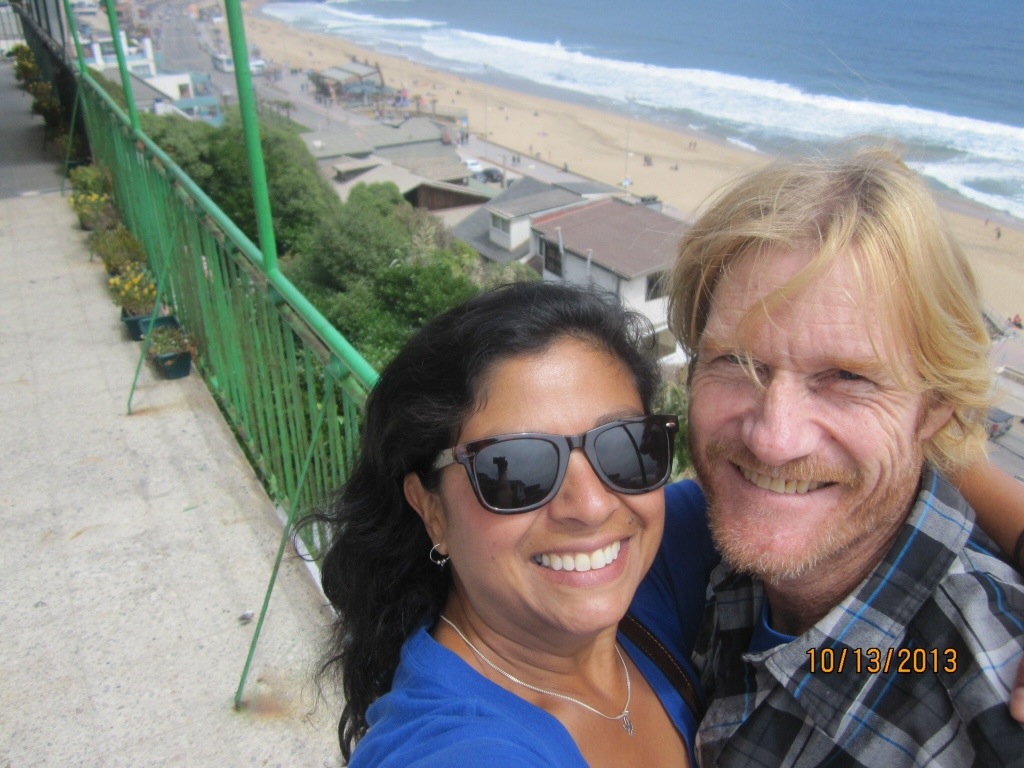
The two cities (Valpo and Viña, for short) are less than a mile apart and connected by a coastal highway that has public buses running between them all day long. The only item on our list of things-to-do was take a 3-hour guided walking tour of Valparaiso. The tour was operated by the same company that did our walking tour of Santiago. Check out some of our snaps.
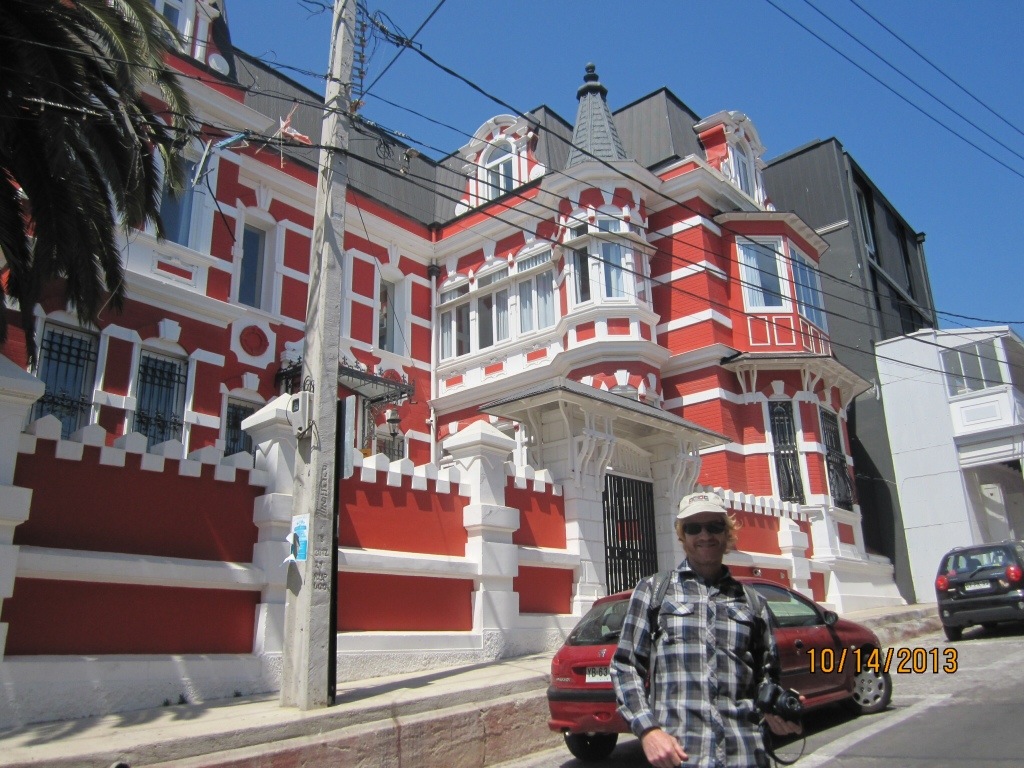
Over Jessica’s shoulder is a small plaza, curiously named Pinto Plaza. It is where our tour began.
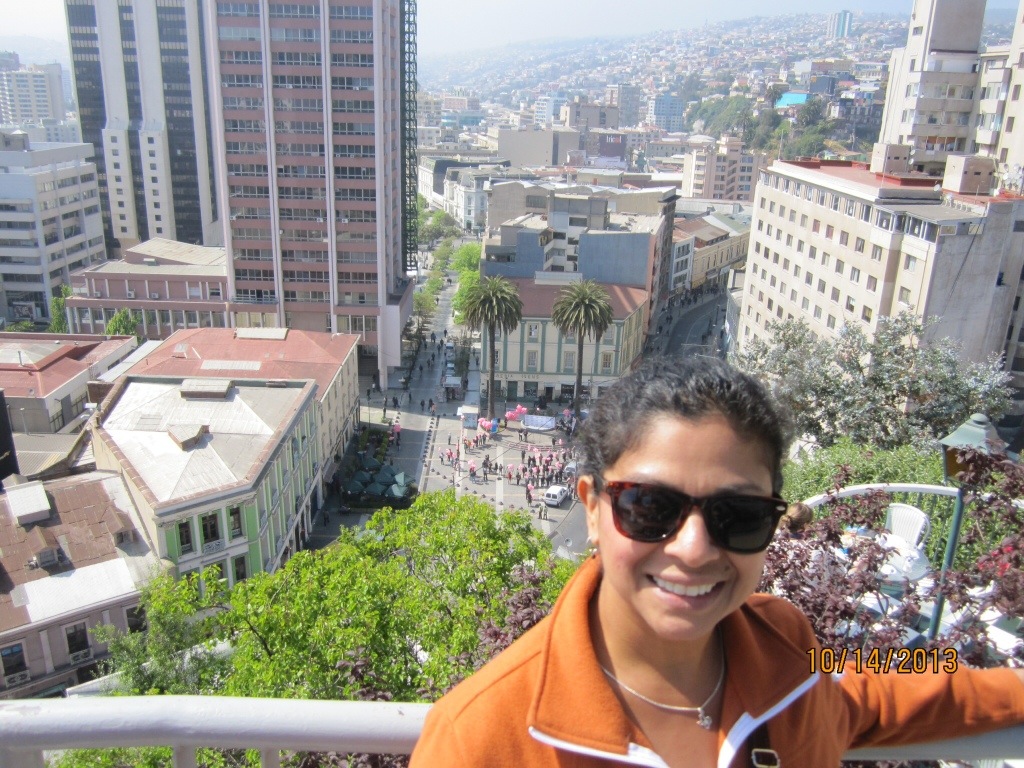
In both of these cities (Valpo & Viña) homeless dogs were everywhere. Just as in Santiago, the dogs seemed healthy, happy and wonderfully friendly. In fact, a couple of dogs accompanied us on our walking tour. The guide said they were his “regulars.” Overall, the tour of Valpo was a notch less interesting than the Santiago tour but the entertaining behavior of our “guide” dogs made up the difference. They even came with us when we rode the elevators up and down the hillsides.
It is stairs like this that make the elevators a welcome site.
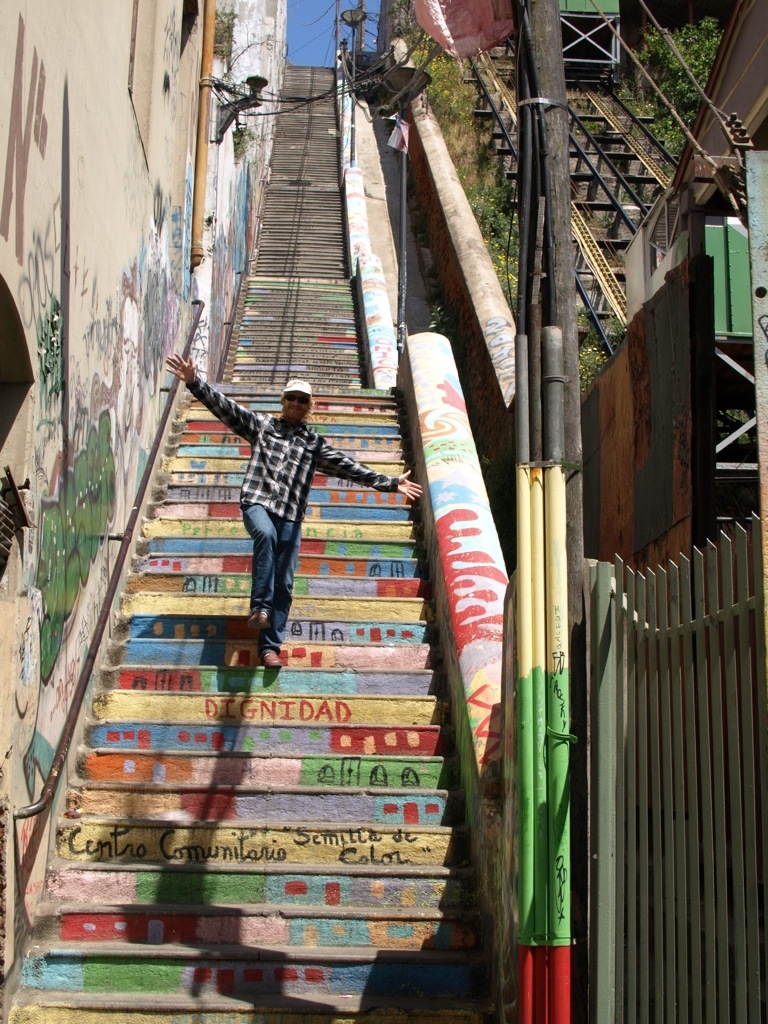
Pic is taken from inside our elevator car, looking down upon our “partner” car. This type of elevator operates as a pair- one is pulled up the hill while the other is lowered down.
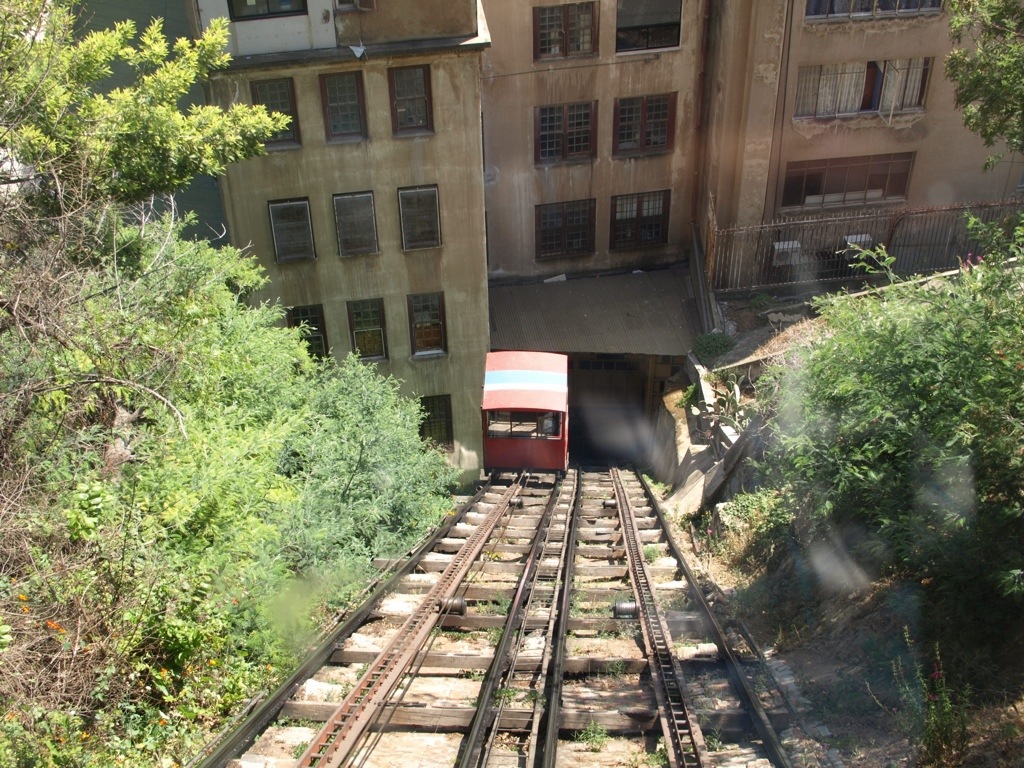
Altogether, 26 “funiculares” exist throughout Valparaiso, although only 8 of them are currently in operation. Our guide told us that all of them (whether working or not) were recently purchased by the Chilean government and all will be fixed and put into service “soon.” They are really quite a treasure and someone within the government (probably the Department of Tourism) knows it.
One thing Valparaiso is known for is its street art. Colorful murals light up many building facades throughout the city. There is also a significant downside (in my opinion) to this art-openness…and that’s graffiti. The city is plagued by “tagging” practically everywhere a can of spray paint can reach. So many beautiful and historic building have been marked; it is clear that nothing is sacred.
American Pop Music
In grocery stores, restaurants, and every shop in the mall, popular American music is being played. From the 70’s to today, they play it all– Madonna, Billy Idol, Nirvana, Red Hot Chili Peppers, Maroon 5, Rihanna, and we even heard Pink Floyd. My list could keep going until it includes every English-singing band out there. I was more accustomed to this from my previous travels, but Jessica was definitely caught by surprise. The phenomenon I’m describing applies 100% to Chile, but we heard American music coming through speakers in Peru, Ecuador and Costa Rica, too.
It is striking because we are in Santiago, Chile, South America, far far away from US radios stations, night clubs and house parties. Everyone around us is speaking Spanish. Signs, billboards, restaurant menus, food labels…. are all written in Spanish. But in the singular area of music, it’s American popular music coming at you from every direction. Jessica questions, where is the music in Spanish?, and points out how odd (and unthinkable) it would be for songs in any language other than English to be playing at grocery stores in the states. It just wouldn’t happen.
In one of the places where we stayed in Peru, there was a construction site across the street. Naturally, someone had a radio playing nice and loud so that we could hear every song easily. It was as if we were transported back in time to the 70’s and 80’s. Disco lives! The other really cool thing for us was the variety and depth of playlist. All of the songs were familiar to Jessica and me but they were not limited to only the biggest hits from a given era. We were hearing songs that never get radio play in the states anymore….not even on those stations that claim to “play anything.” Donna Summer’s Love to Love Ya Baby, Duran Duran’s Is There Something I Should Know, and Blondie’s Rapture, just to name a few.
On a harder note… One thing we noticed immediately upon arriving into Santiago was the great number of Iron Maiden tshirts (and even hoodies, as shown below). We couldn’t walk two blocks or ride a city bus without seeing at least one. It was obvious that Iron Maiden had recently held a big concert in Santiago. But it didn’t stop there, we also saw an abundance of black tshirts from Metalica, Pantera, Megadeath and others. In conclusion, while American pop music rules the restaurants and shopping malls, heavy metal rules the ears, hearts and minds of many Chileans.
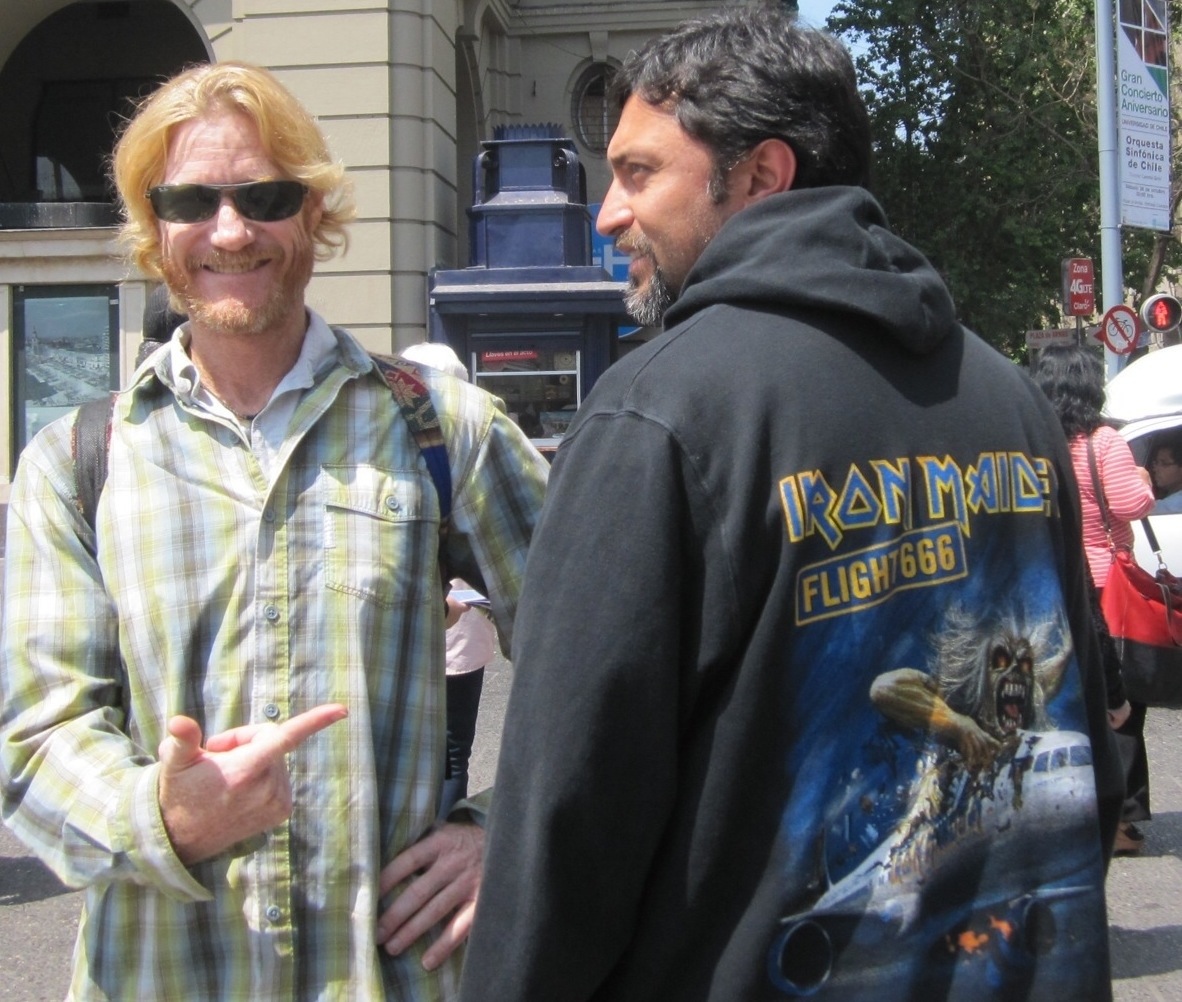
Napkins and Cigarettes
Instead of pointing to the drinkable tap water in Chile as a sign of its development, we might simply have pointed to its napkins. In Costa Rica, Ecuador and Peru, the table napkins provided by the restaurants were a joke. It looked like they were cutting normal table napkins (the square kind you probably have at home) into fourths and then folding each of those squares corner to corner to create a meager little triangle. This is what they give you as your napkin. Are you kidding me? Have you seen me eat? Have you seen any human eat? In Chile… we are happy to report normal napkins! Yay!
Another sign of progress in Chile is the prevalence of cigarette smokers. Immediate apologies for calling this progress, but I am making the knee-jerk assumption that citizens of a more highly developed economy have greater amounts of disposable income to spend on non-essentials…like cigarettes. Granted, it’s far more complicated than that, but the main point is that we have found many more people smoking cigarettes in Chile than we did in any of the previous countries we have visited on this trip.
We’ve heard that the culture of smoking here is deeply rooted and that perceptions are just now starting to slowly change. Those changes appears to be slow indeed. So many people smoke that there is virtually no stigma associated with it at all. For non-smokers like us it means that sitting at an outdoor cafe assures us of a smokey lunch or dinner.
Santiago Overall
Santiago is a great city. Any conversation about world-class cities should include Santiago, in our opinion. There is a vibrant energy here that has been a pleasure to be immersed in… even if only for a limited time. Santiago is a beautiful city. The great Andes mountains hold the city’s eastern edge, providing it with a permanent spectacular backdrop. Frequent city parks and beautified bike and walking paths weave throughout the city. Transportation to and from any two points is inexpensive, reliable and easy- buses are ever-present and the subway system is first rate. We loved the bip! cards, too.
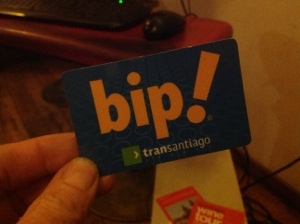 bip! cards are used on both the buses and subway trains as a substitute for cash/coin. No change for the bus? No problem. I also liked the touchless swipe system- just hold the card up to the electronic reader and wait for the beep that acknowledges your payment. That is why it’s called a bip! card. (In Spanish the “i” is pronounced like the “ee” in English.)
bip! cards are used on both the buses and subway trains as a substitute for cash/coin. No change for the bus? No problem. I also liked the touchless swipe system- just hold the card up to the electronic reader and wait for the beep that acknowledges your payment. That is why it’s called a bip! card. (In Spanish the “i” is pronounced like the “ee” in English.)
The people of Chile that we have met seem to know they live in a good place. They are happy and rightfully prideful of their great city. Many times we walked past restaurants with outdoor seating and saw tables full of friends laughing and smiling together as if there was no place in the world they’d rather be.
Random acts of kindness were easy to find, too. One day, Jessica dropped her coin purse- a small souvenir item she’d bought in Peru. We were walking by Ñuñoa Plaza when it somehow fell quietly to the sidewalk. We were a block away recharging our Bip! cards by the time Jessica realized she didn’t have it. Retracing our steps seemed futile, but it was our only option. Jessica continued to search her purse and pockets as we walked, eyes simultaneously scanning the cement. Out of the corner of her eye Jessica noticed a woman motioning for her attention. The woman came closer and asked, “Did you lose something?” Jessica replied and gestured the size of her lost coin purse with one hand. The woman smiled and pulled it into view while pointing to where she’d found it on the sidewalk. Awesome!
I don’t know if this counts as evidence that Chileans are a happy bunch, but we certainly witnessed many a public make-out session while touring the city. Bus stops and subway stations were prime spots for many young lovers. Go Chile!
In Part 1 of this post, I was pretty clear that Chilean food has a way of underwhelming the tastebuds. This opinion was primarily directed towards Chile’s “comida tipica” (typical food). However, Santiago is an international city with a variety of restaurants catering to all palates; delicious food can be found here. The other day, Jessica and I ate Risotto de Mote at a place called “La Jardin” and it was quite good. I also gave Chorrillana a second try (discussed and pictured in Part 1) at a different restaurant. It was much tastier at this second place…mostly because they put cheese on top of it. 🙂
Sharing a few photos of a day trip we made to Cajon del Maipo, a place that reminded Jessica of Big Bear in California. Thank you Coni and Camila for taking us. 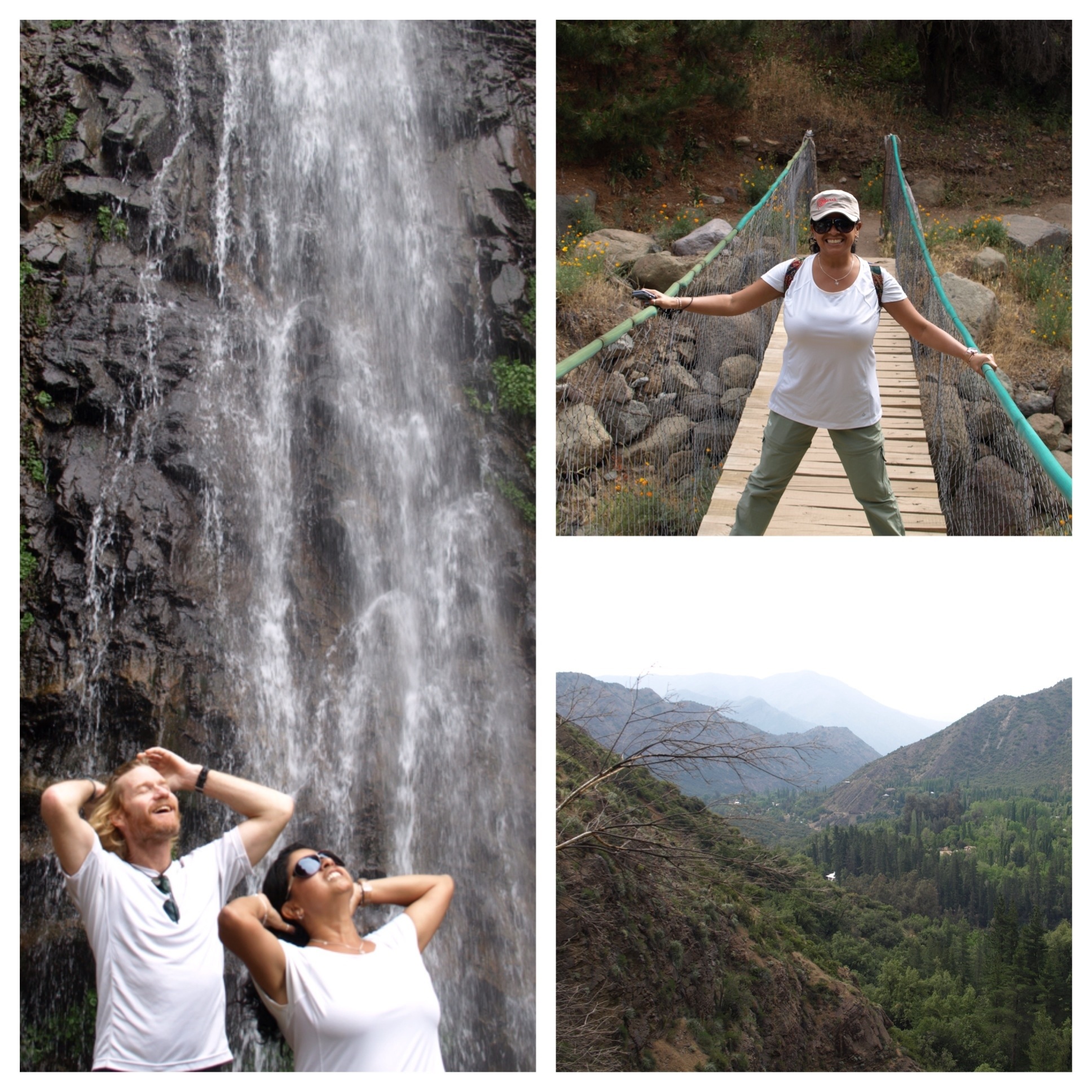
Part of our day trip included a 1/2 mile hike through an abandoned tunnel. Midway through it was completely dark. Here is Jessica posing in front of the light at the end of the tunnel.
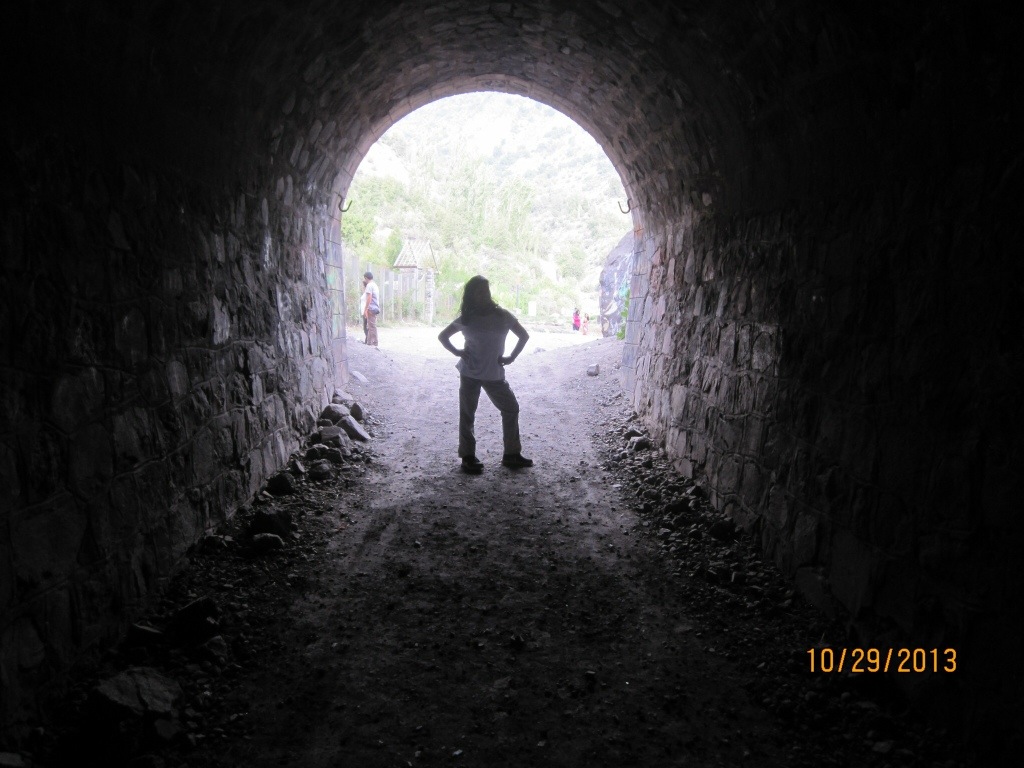
Earthquake! Chile is well-known for its frequent earthquakes. On our final day in Santiago…we felt one. My first ever. It was a decent-size quake, but the epicenter was many miles north of Santiago. Jessica and I were at the mall on the fourth floor when the wave passed by us. The sensation for us was a gentle back and forth swaying motion. It lasted only about 10 seconds.
Jessica tackles Santiago’s most famous cocktail, the Terramoto. (Translation- earthquake). Fill a big glass with Chilean wine, add some grenadine, then drop a couple of scoops of pineapple ice cream into it. Be careful, though. Drink more than one and you may feel the earth moving once you try to stand up.
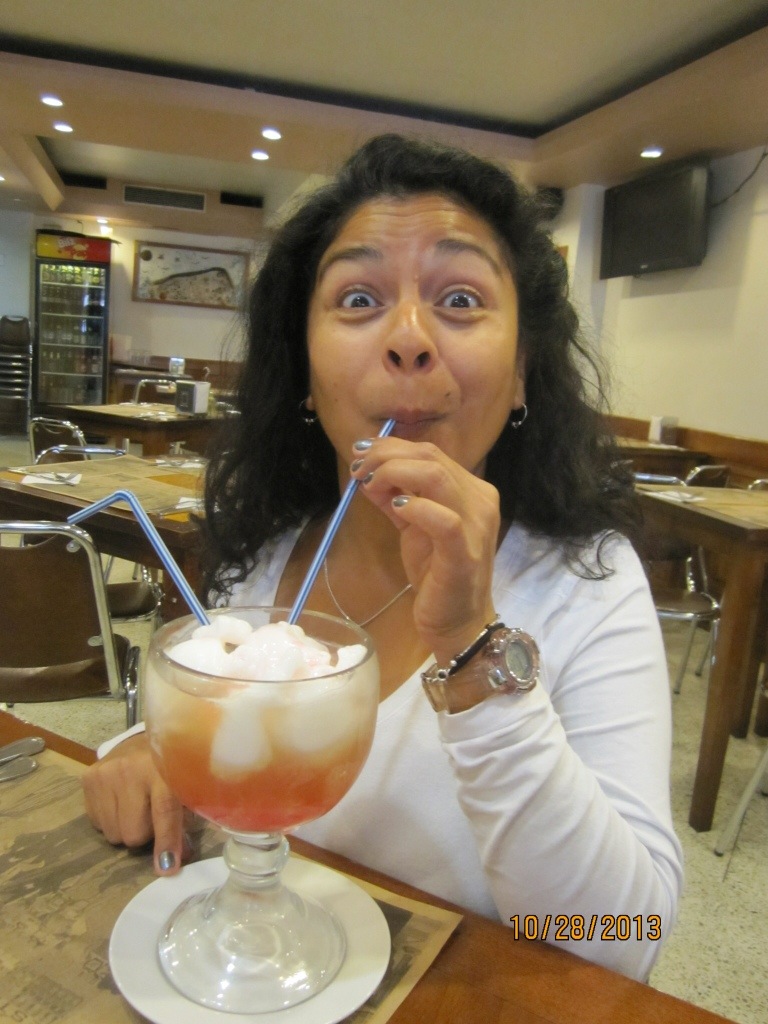
Into the Santiago Sunset
On November 1st Jessica and I will repack our bags and hit the road again for more adventures. We have changed-up our schedule a little bit from what it says on the Itinerary page of our website. Instead of staying in Chile until the 25th of November, we will cross the Andes into Argentina for a few weeks before swooping back into southern Chile via Patagonia. This will probably be the only time we leave a country and then return to it later to see additional sites.
Final note, Jessica picked up the book Alive from our first Santiago hostel. It’s the true story of a rugby team from Uruguay whose plane crashed in the Andes mountains in 1972. The book is a compelling read and heartily recommended. You will also enjoy the inspirational documentary we located on YouTube, though you may not enjoy the Portuguese subtitles in this pirated video.

